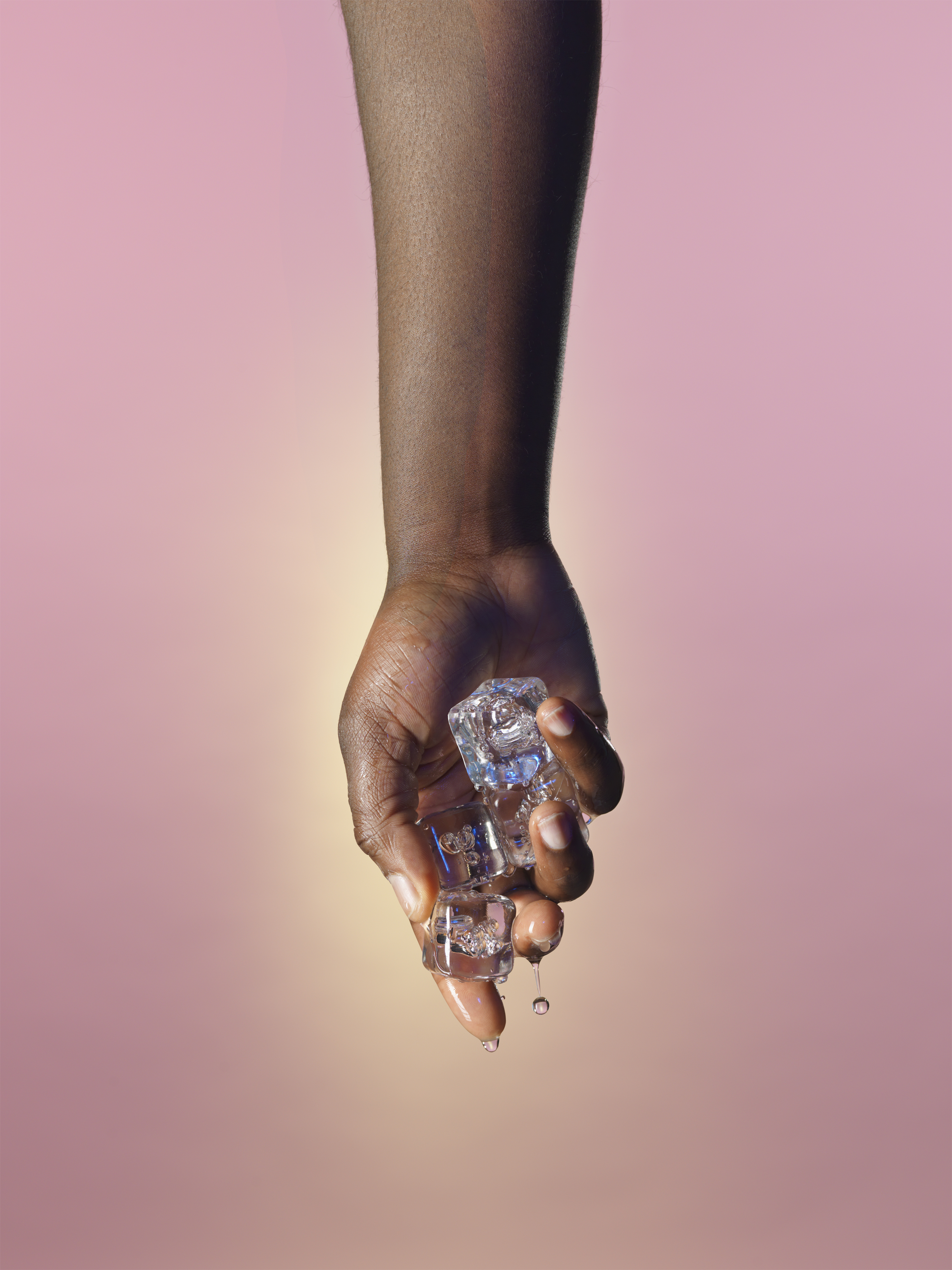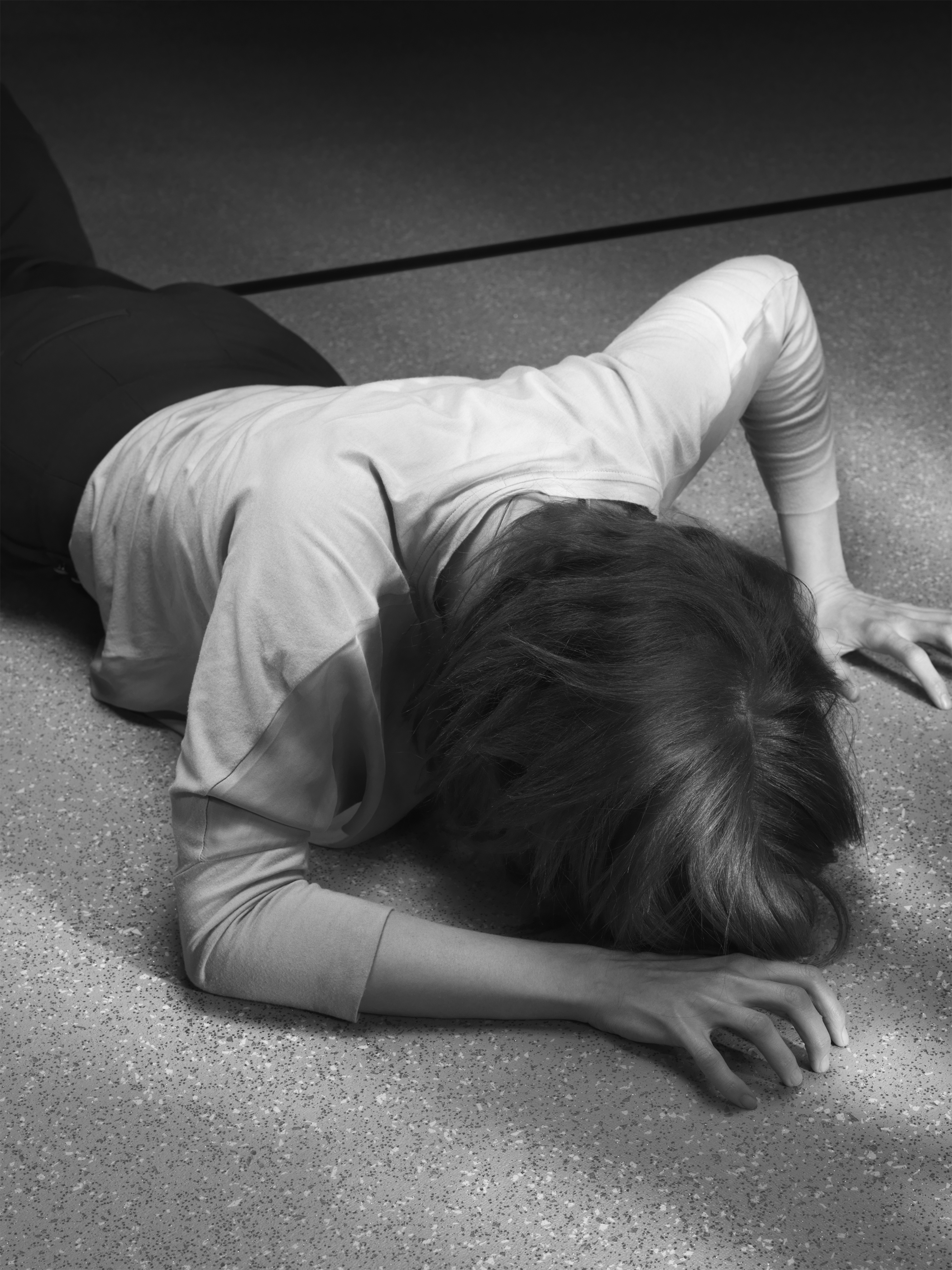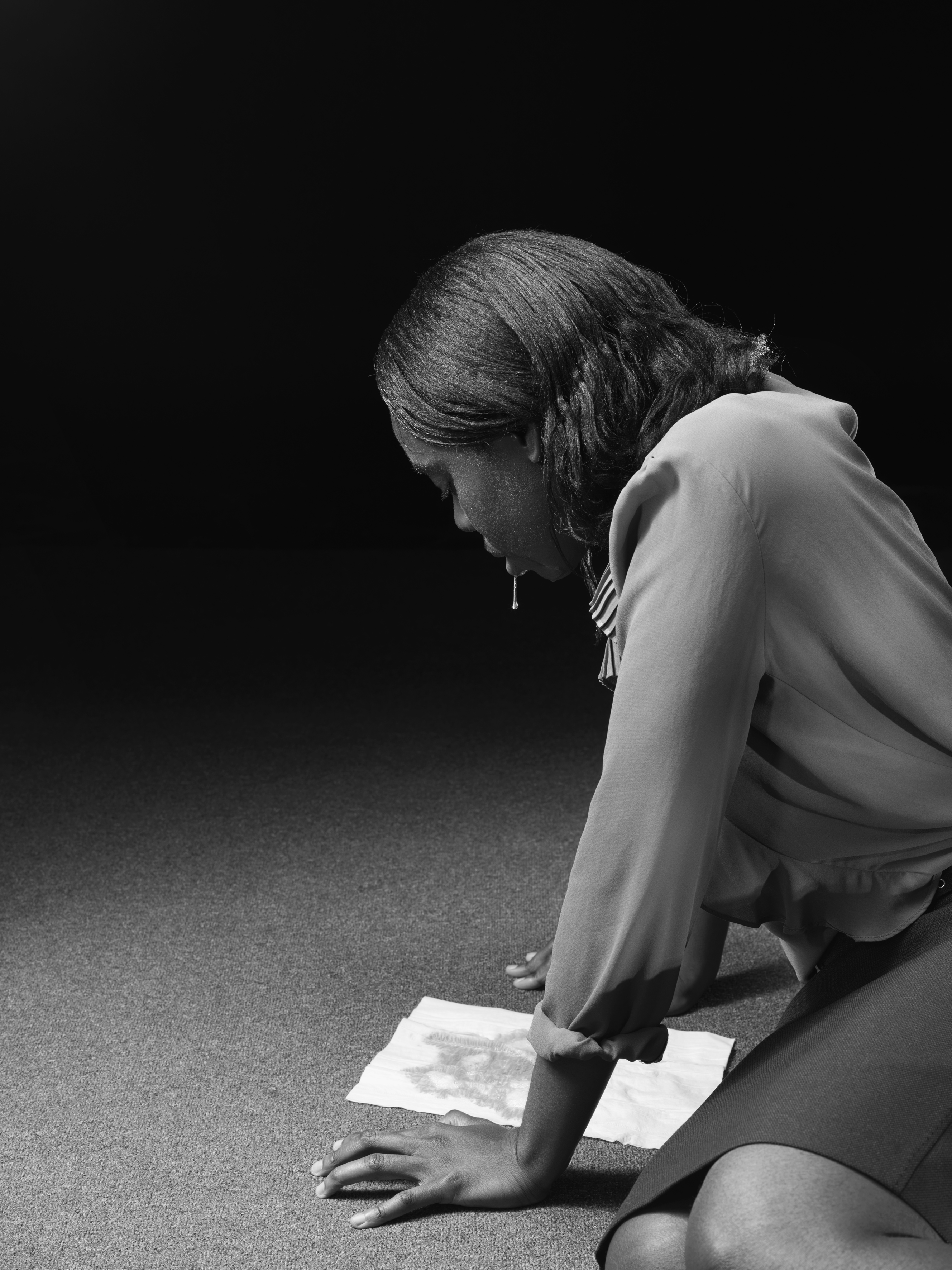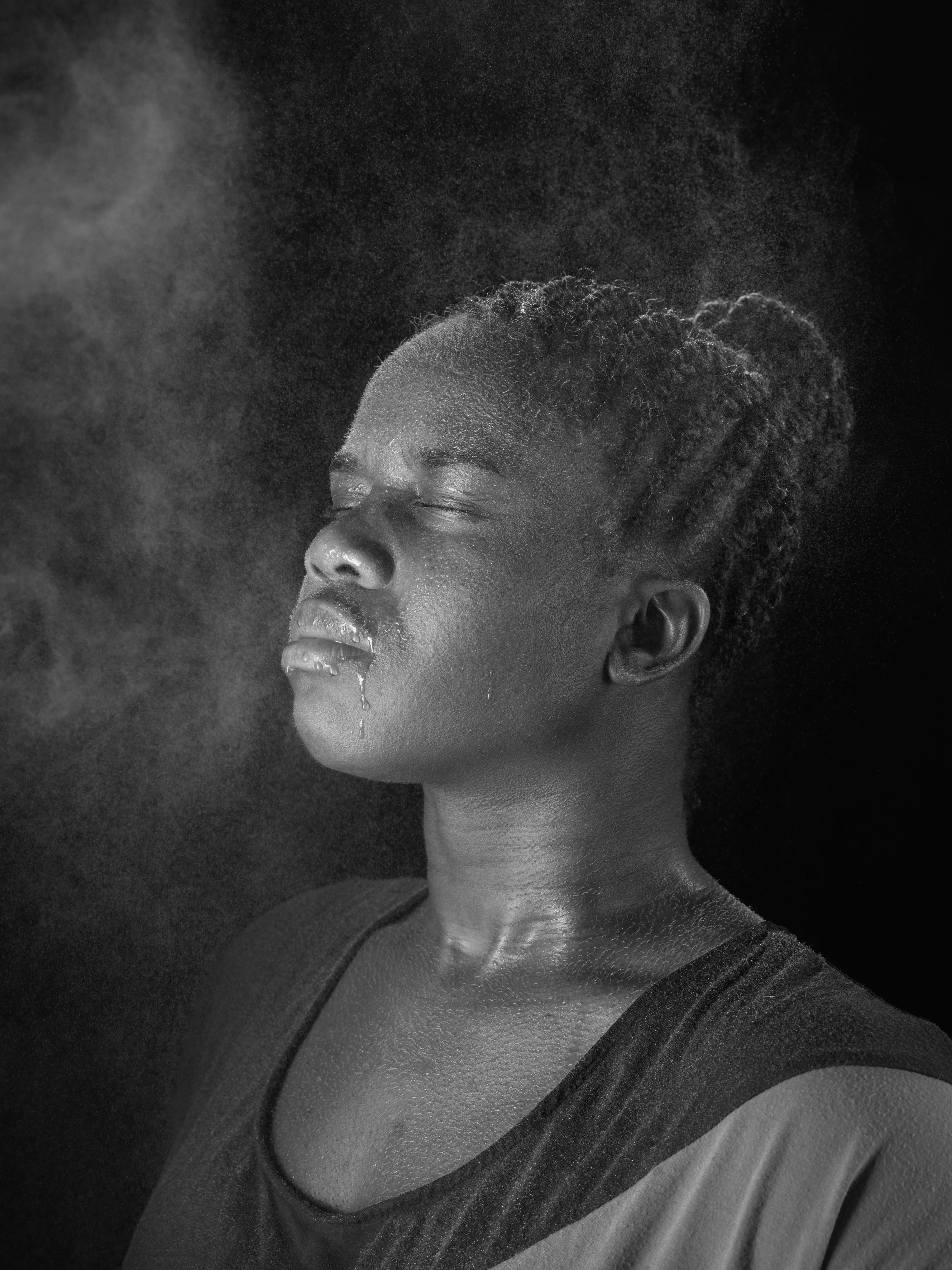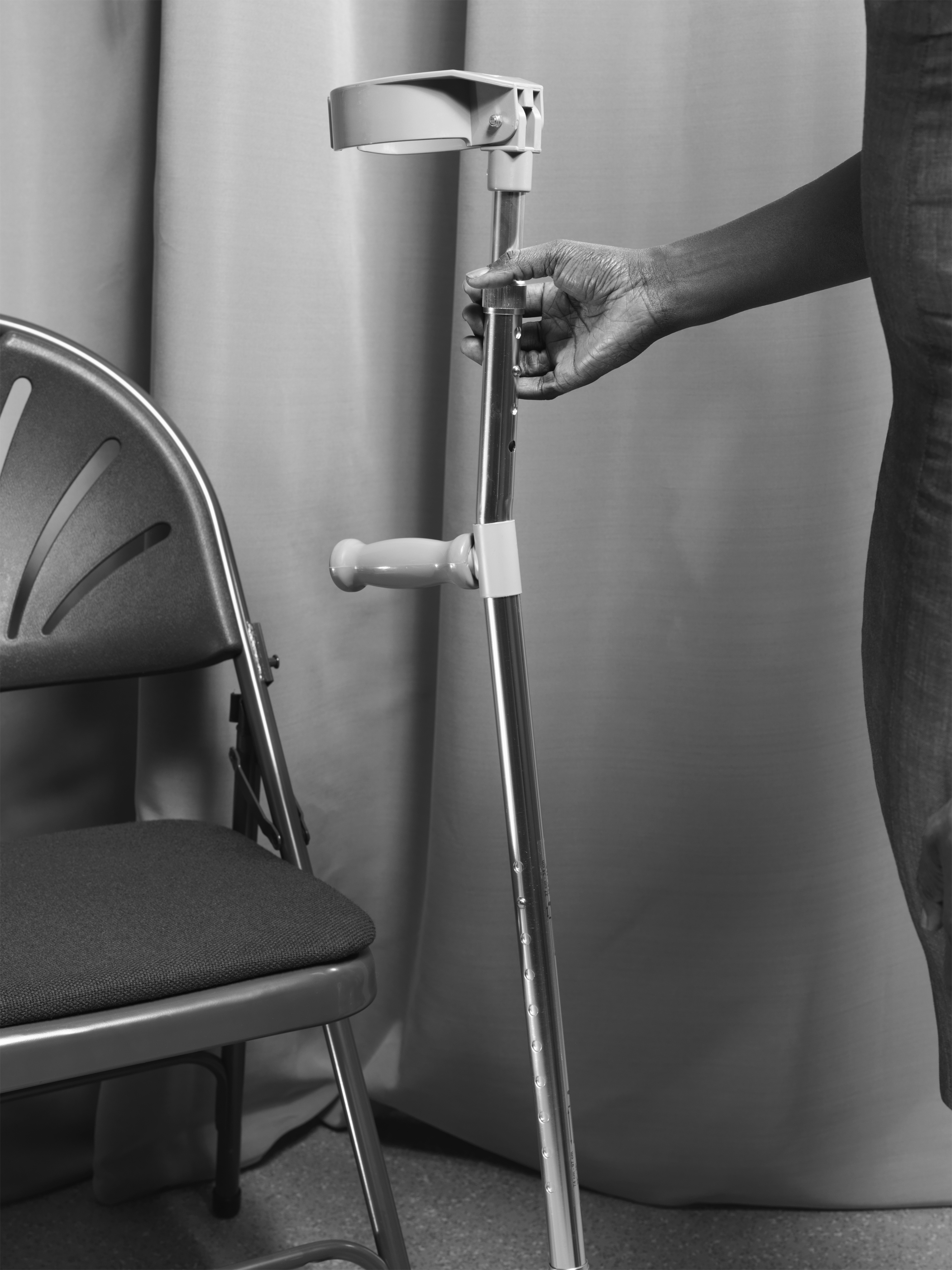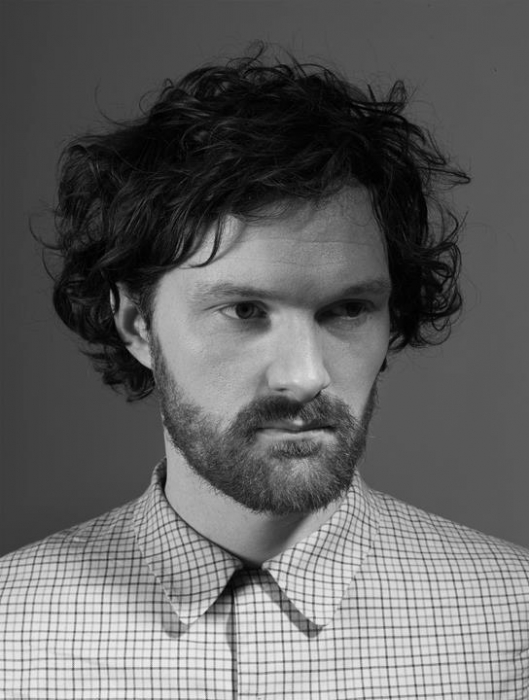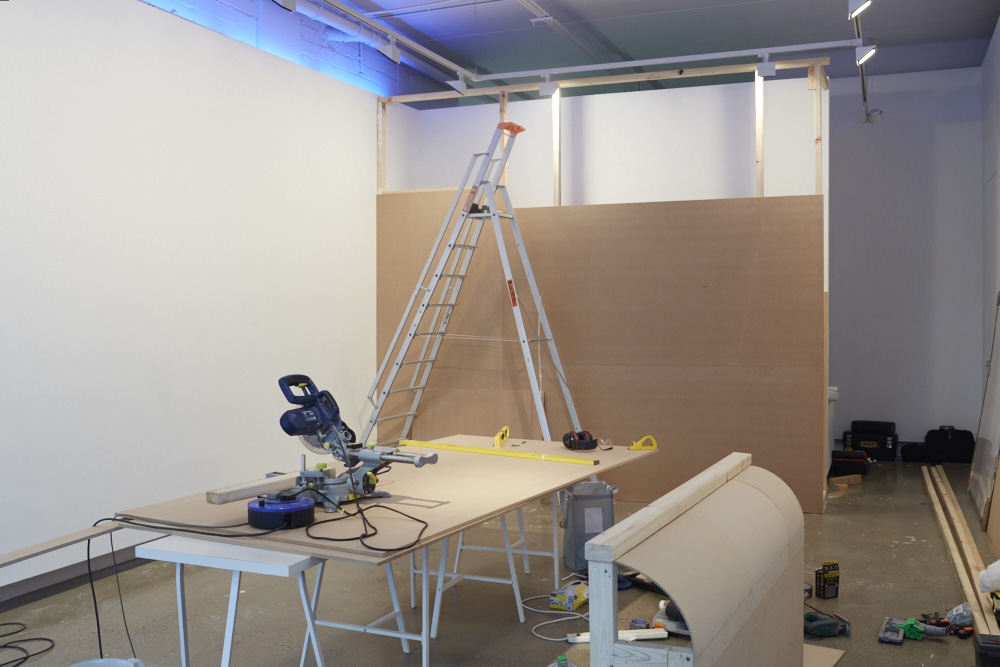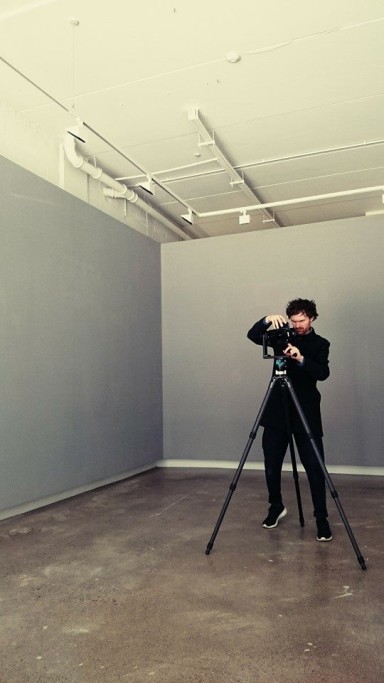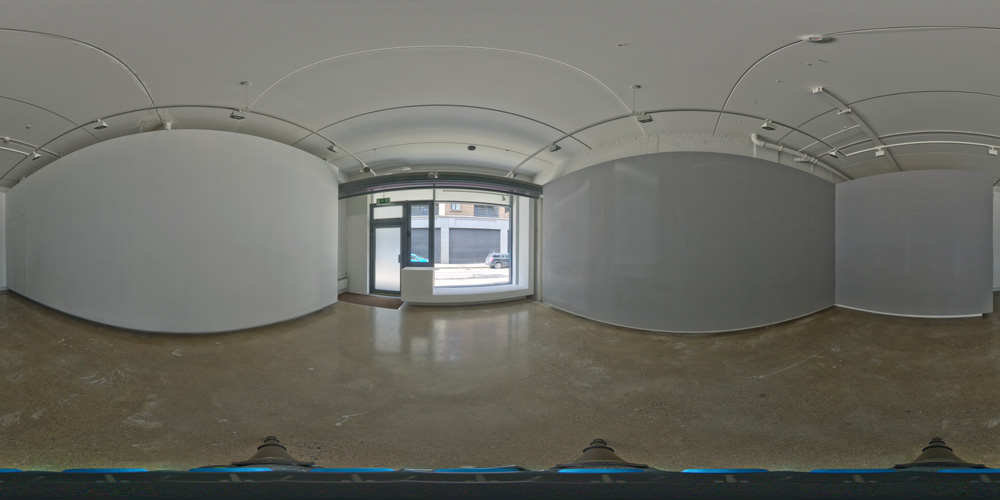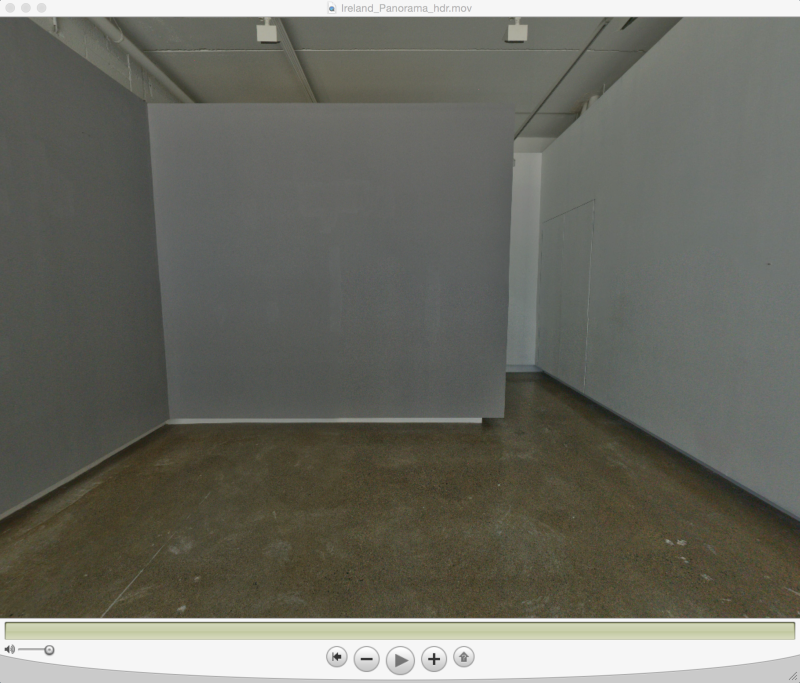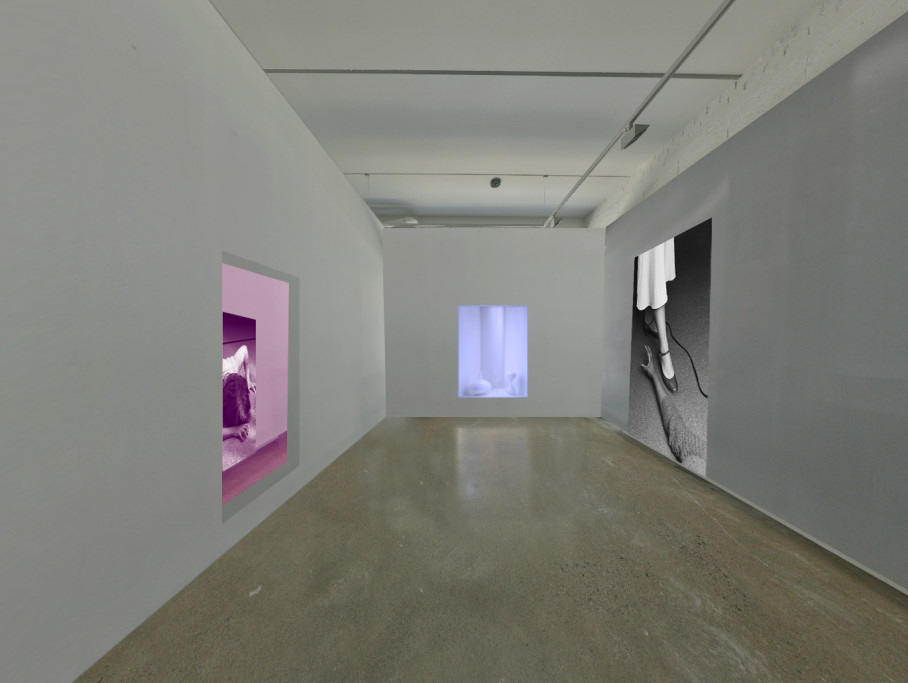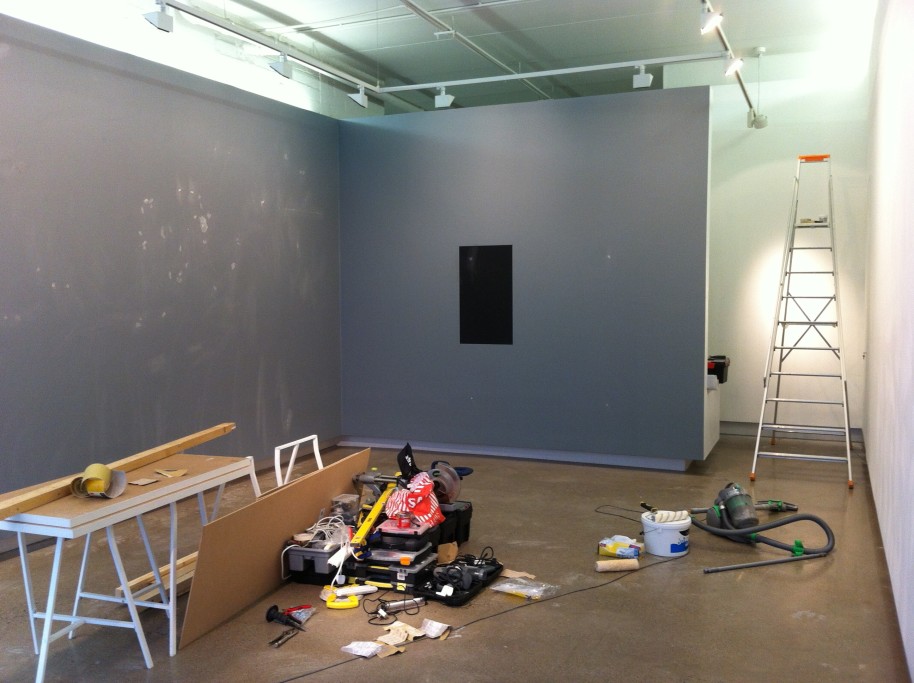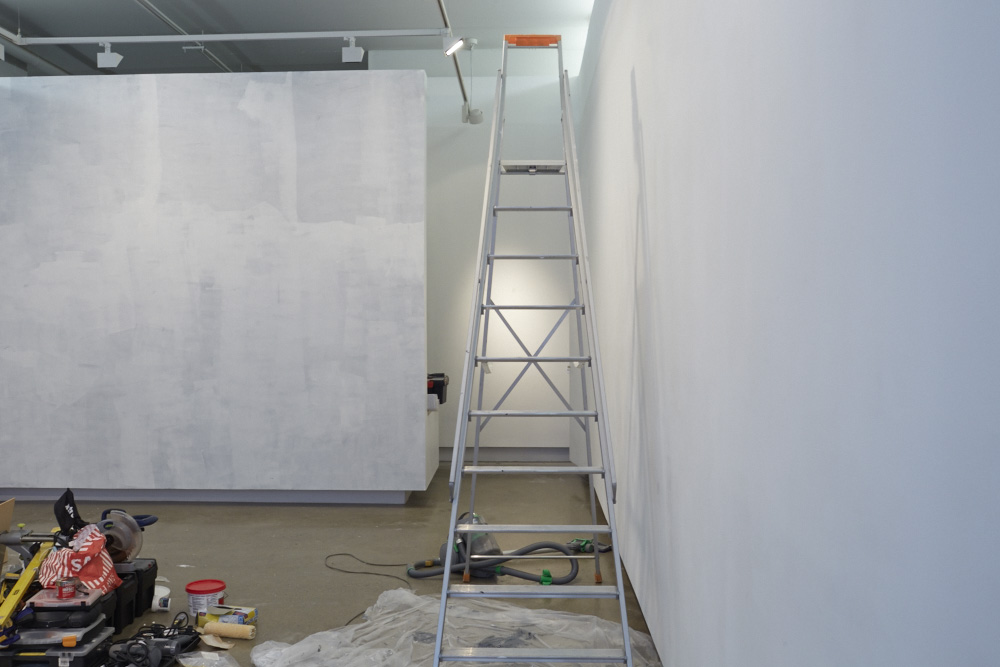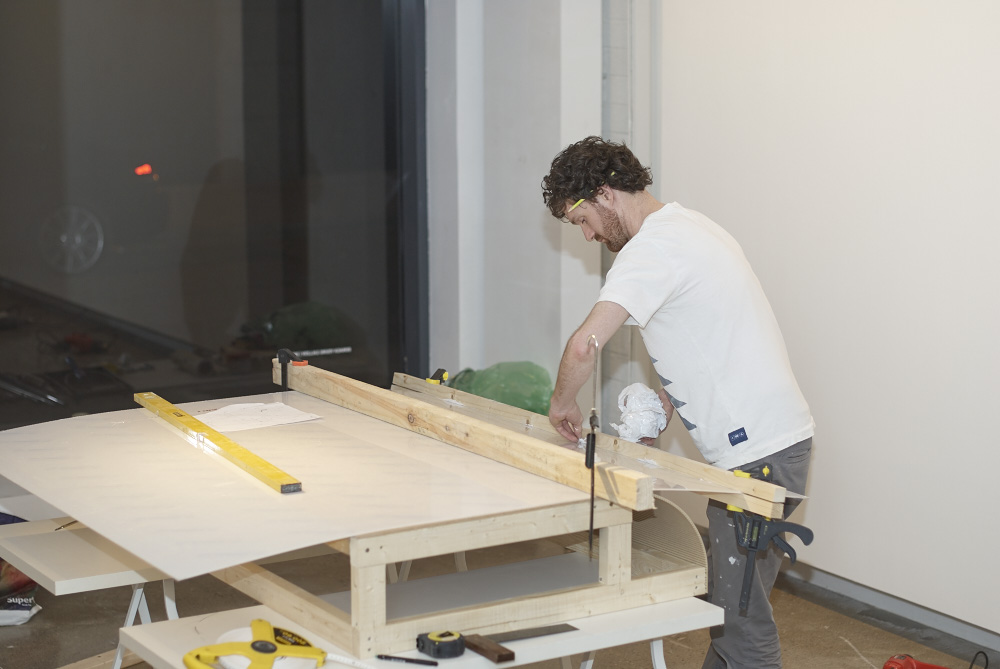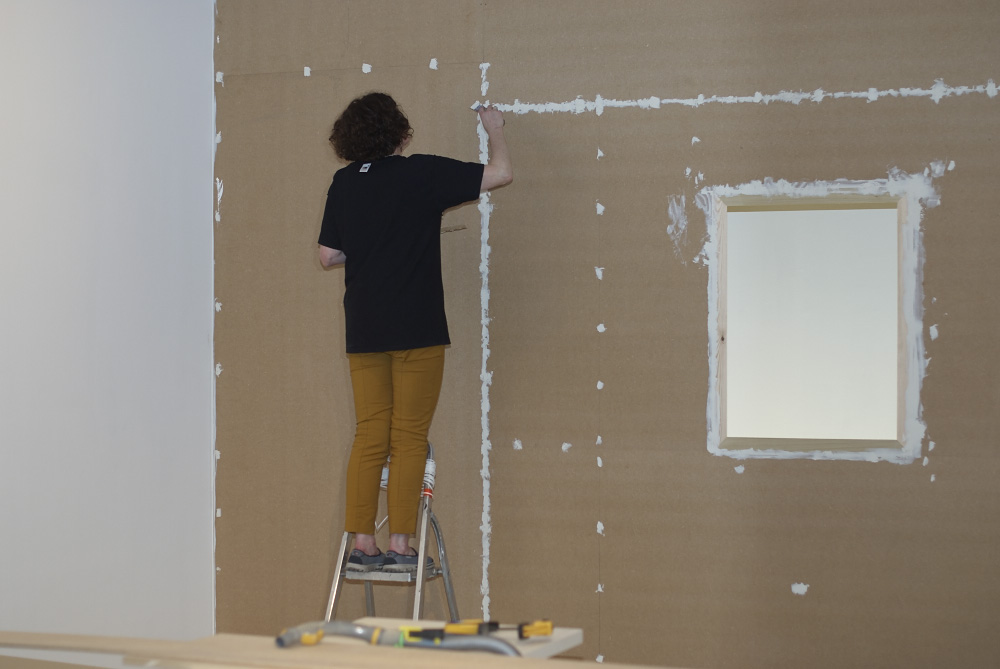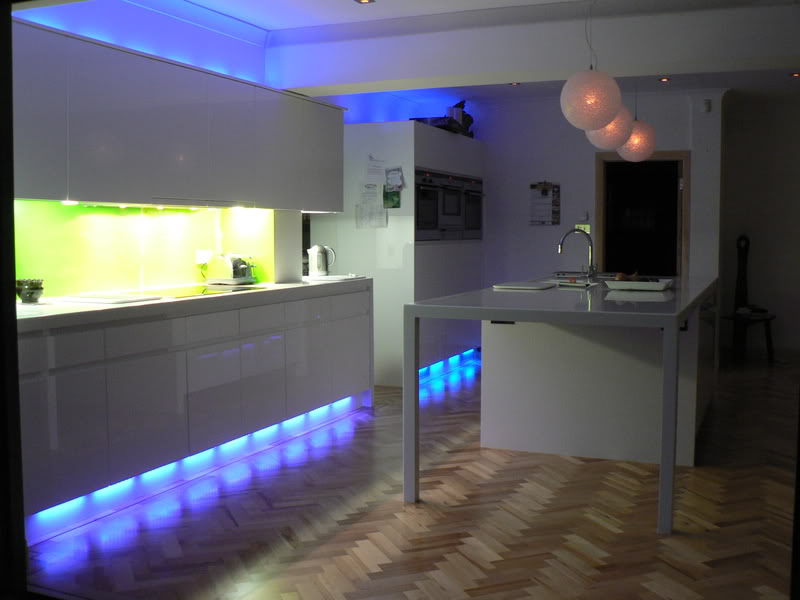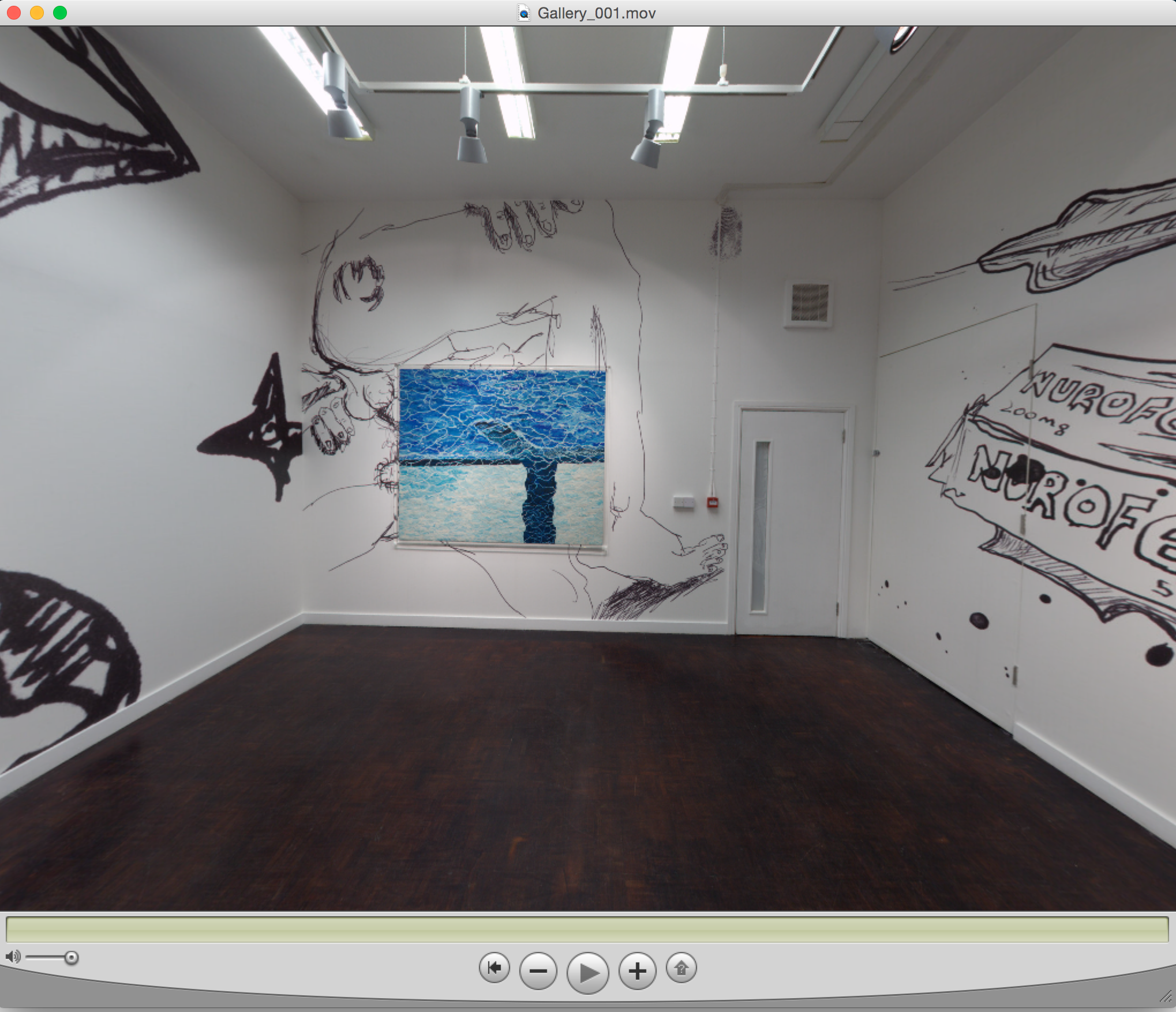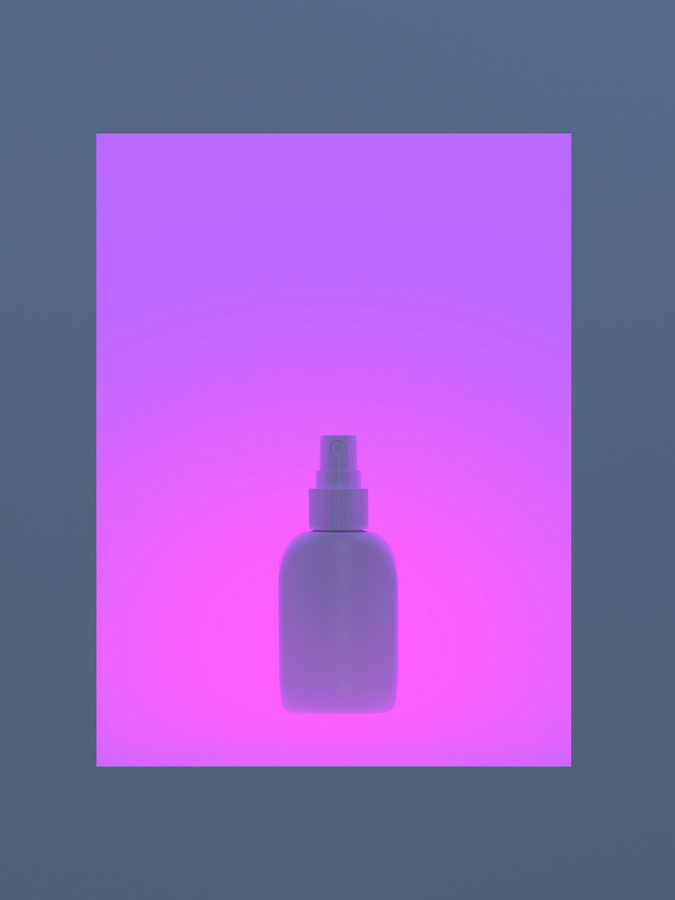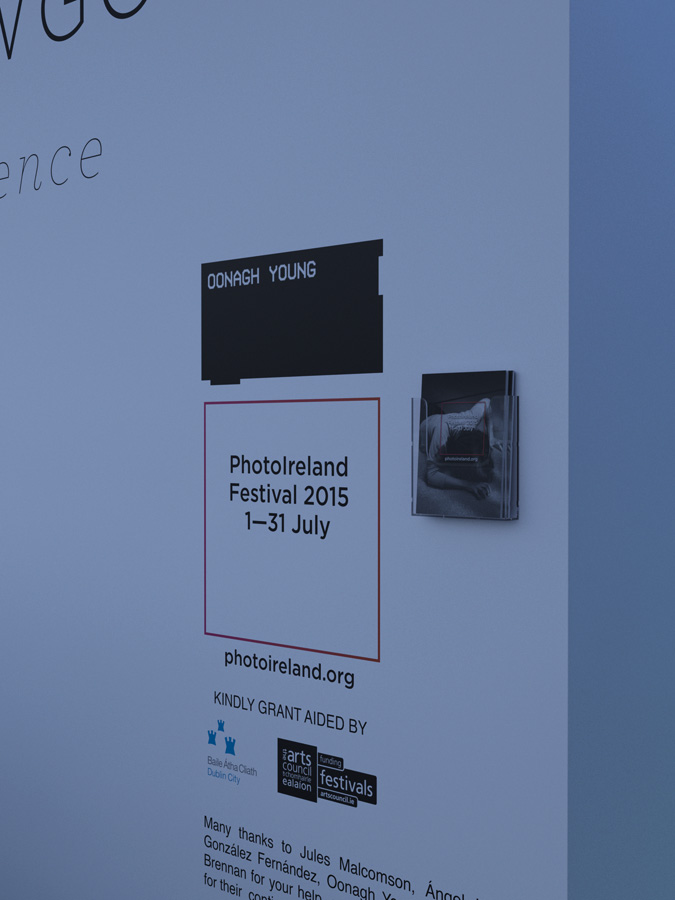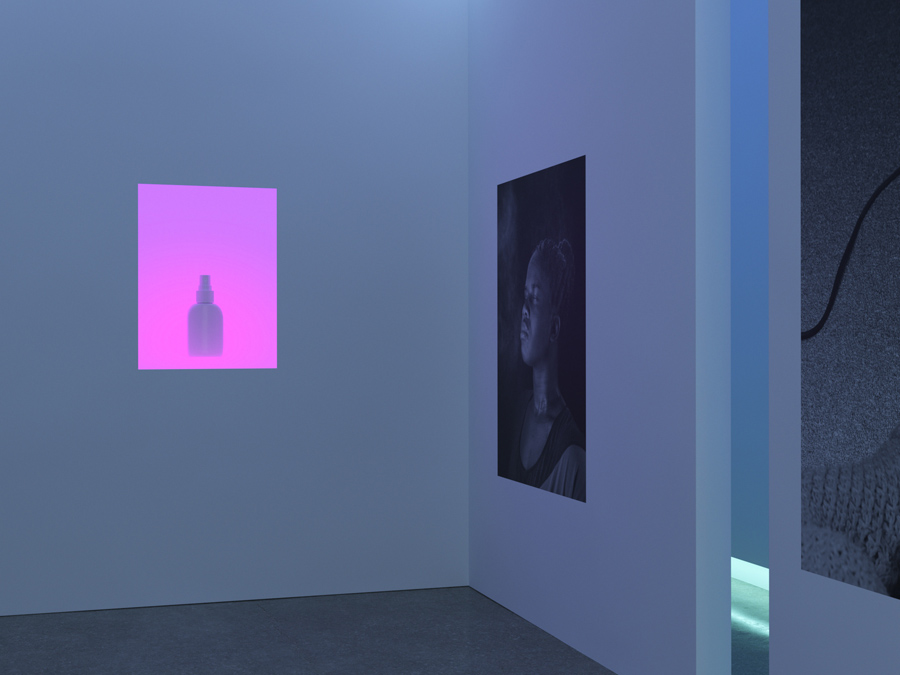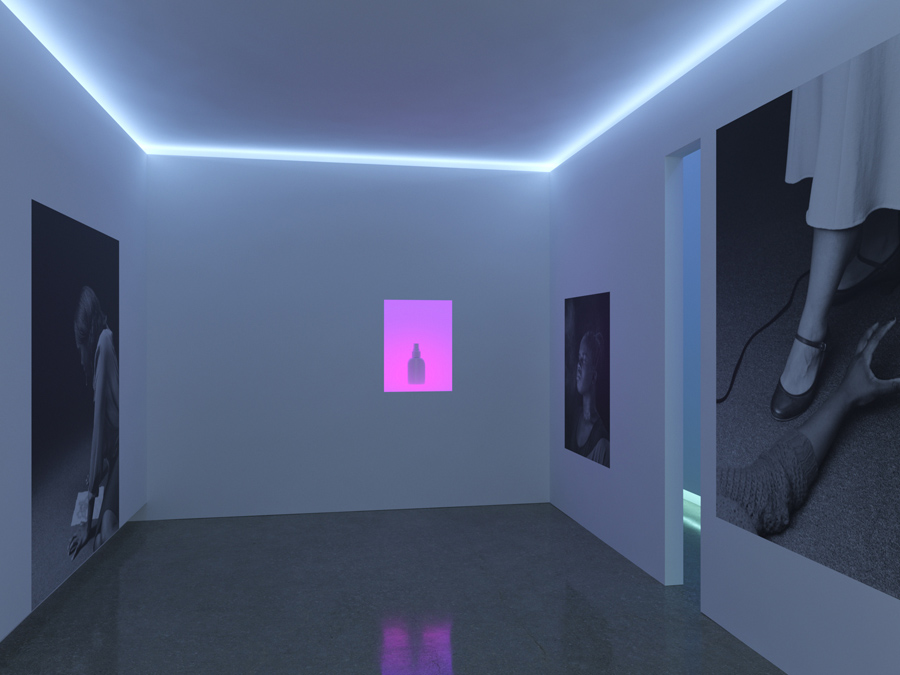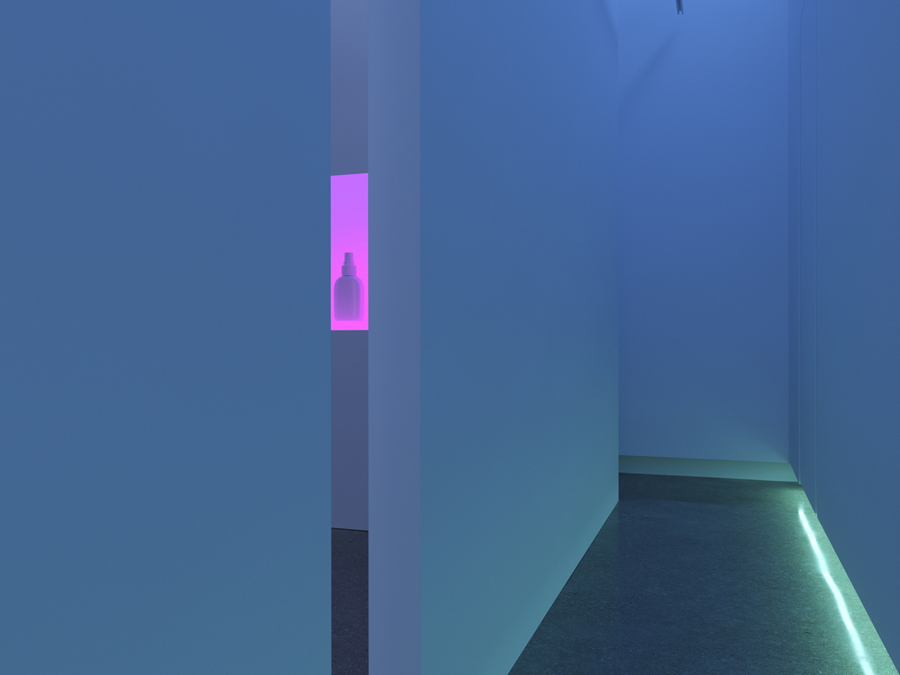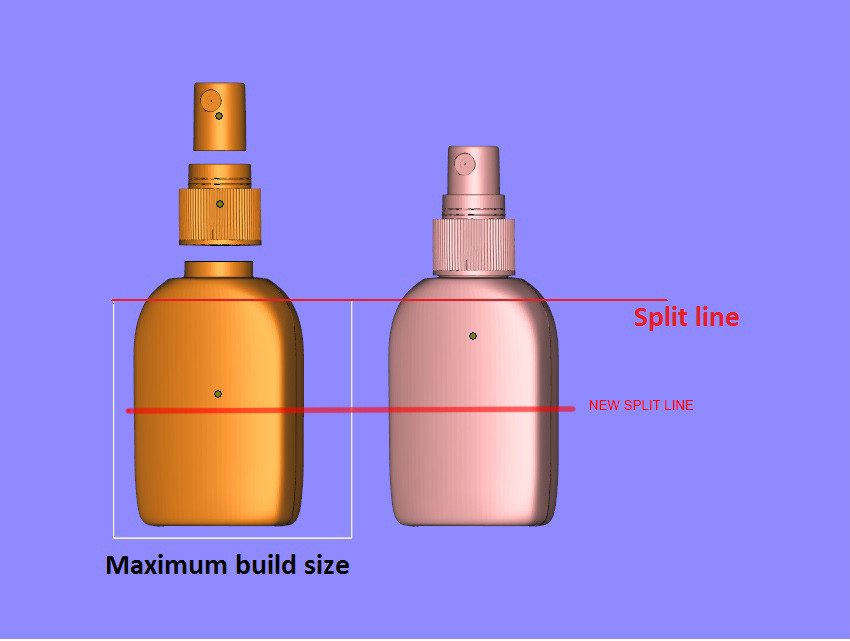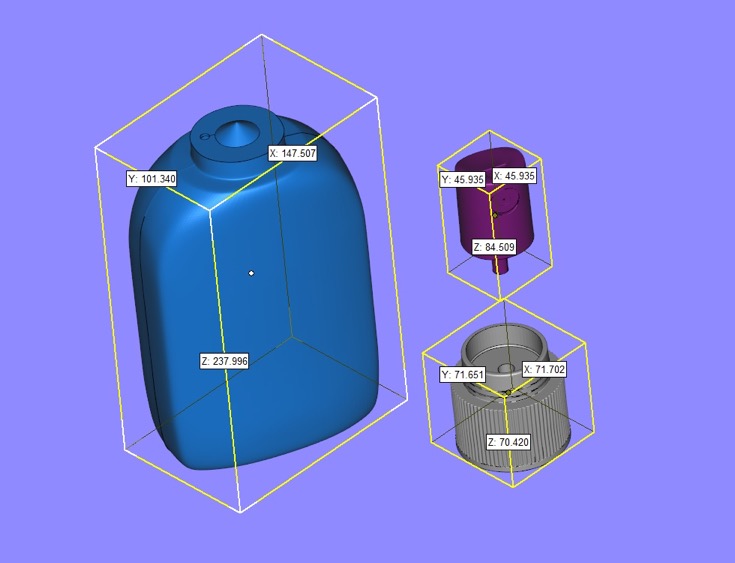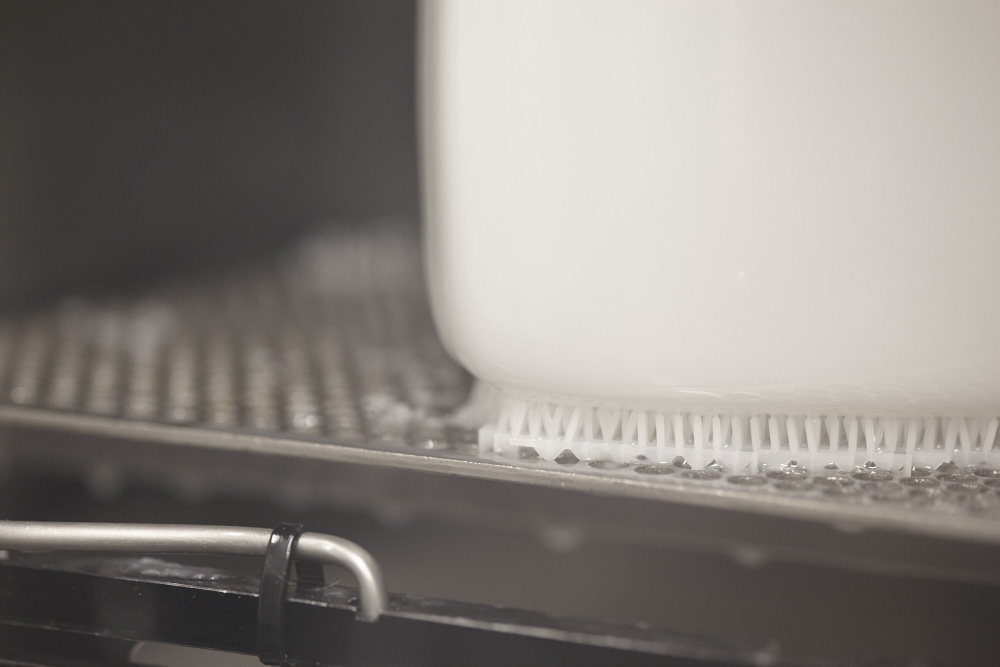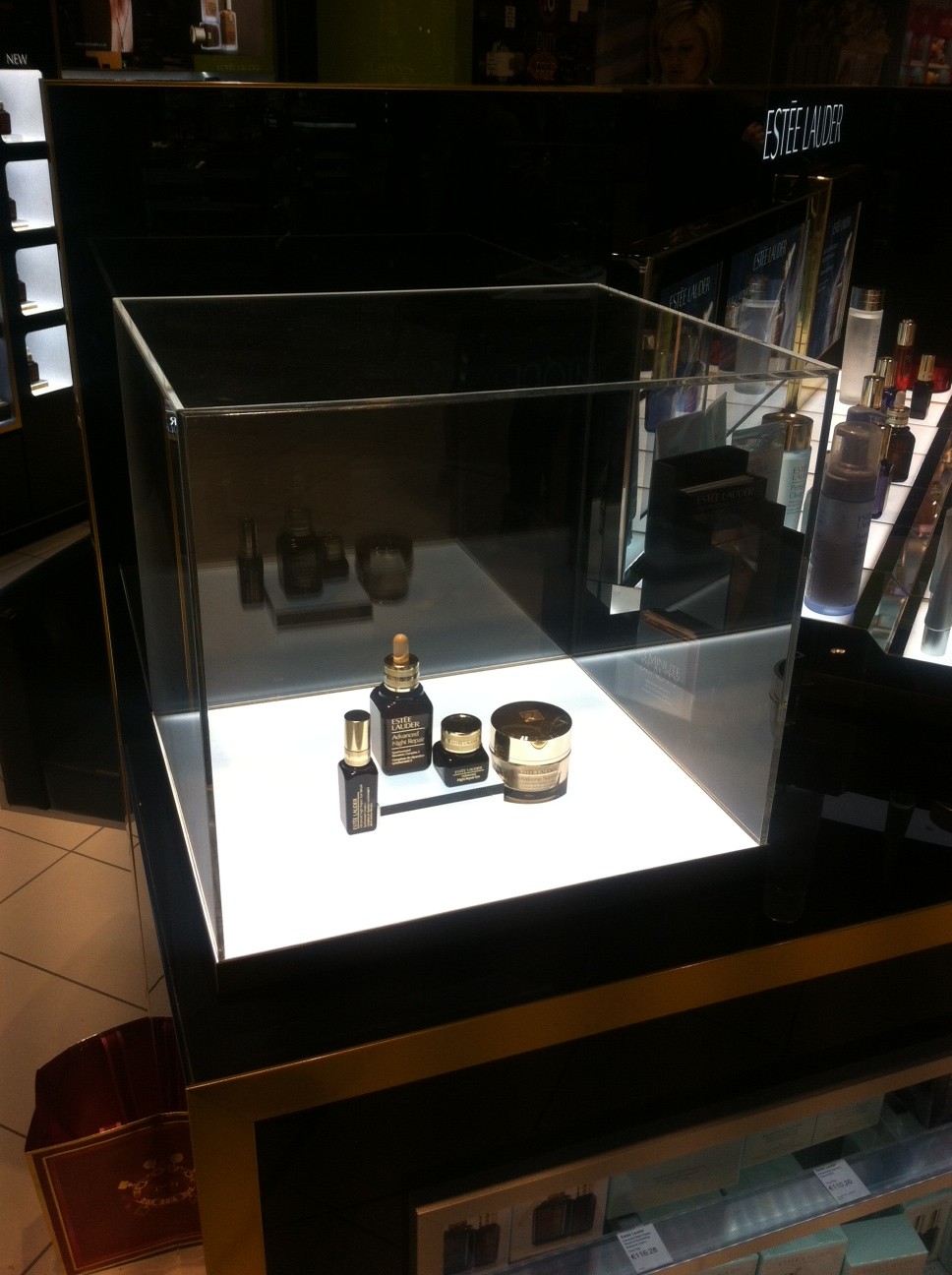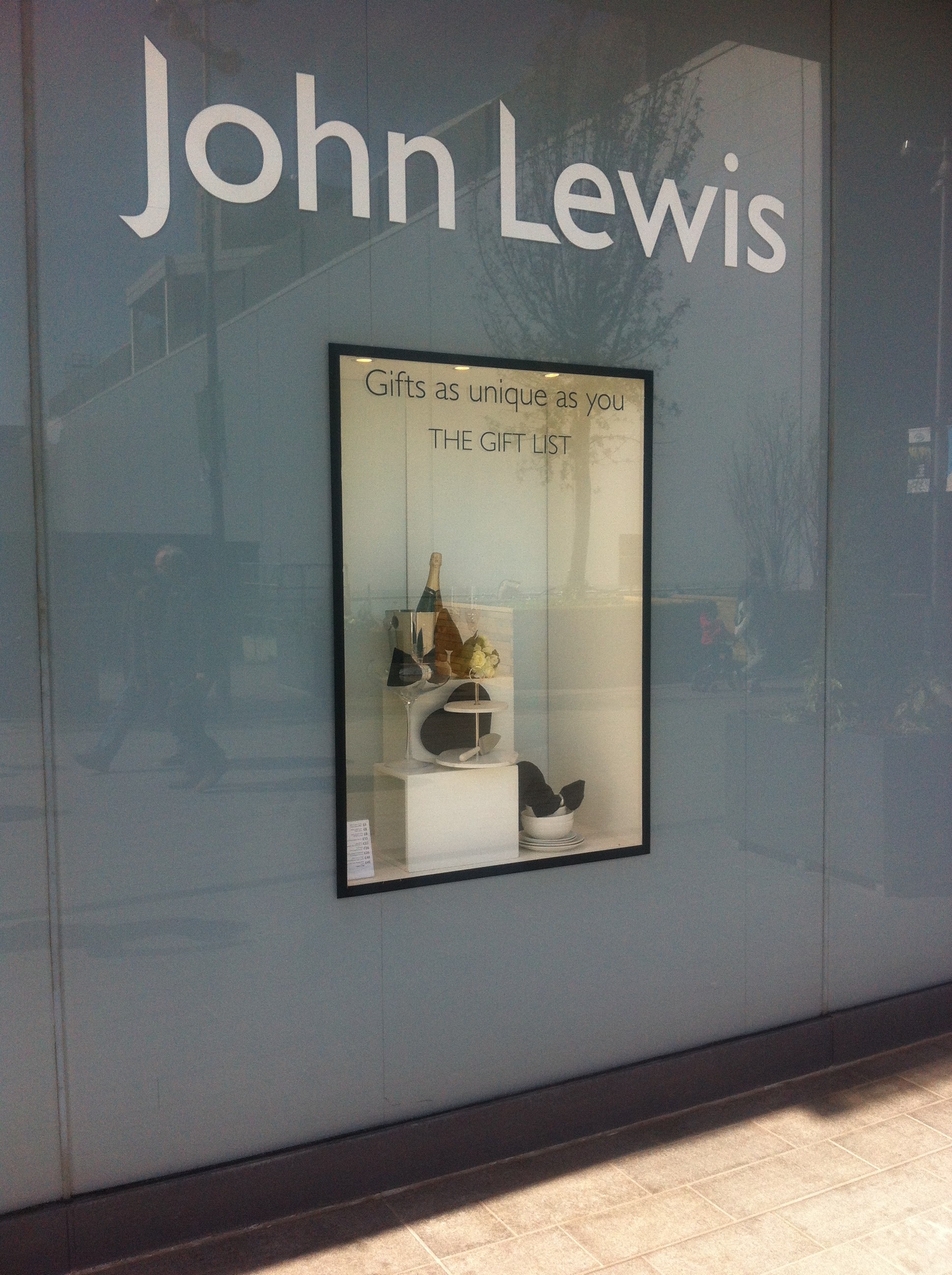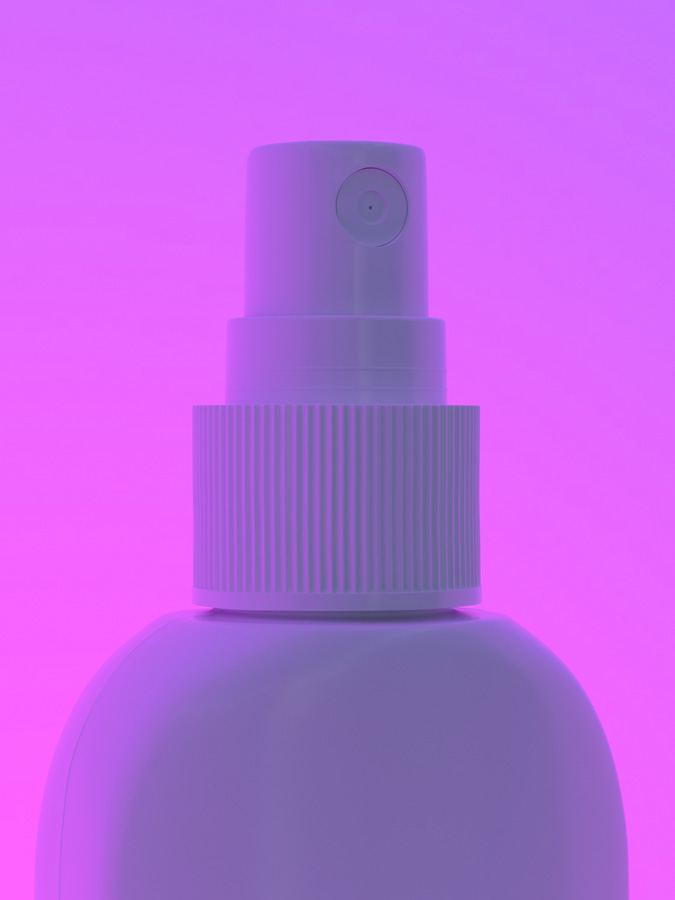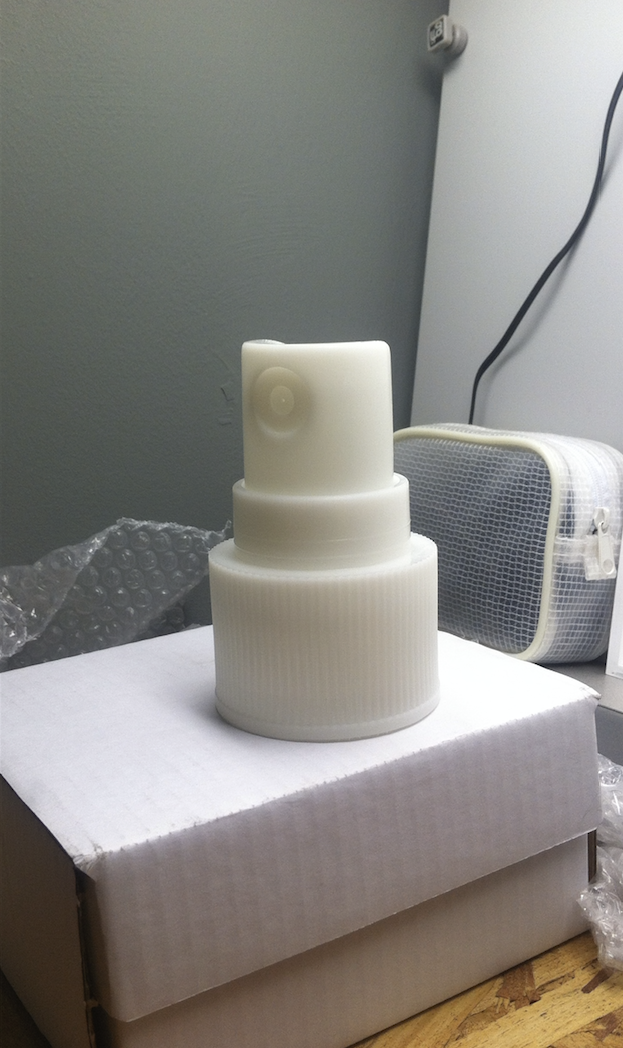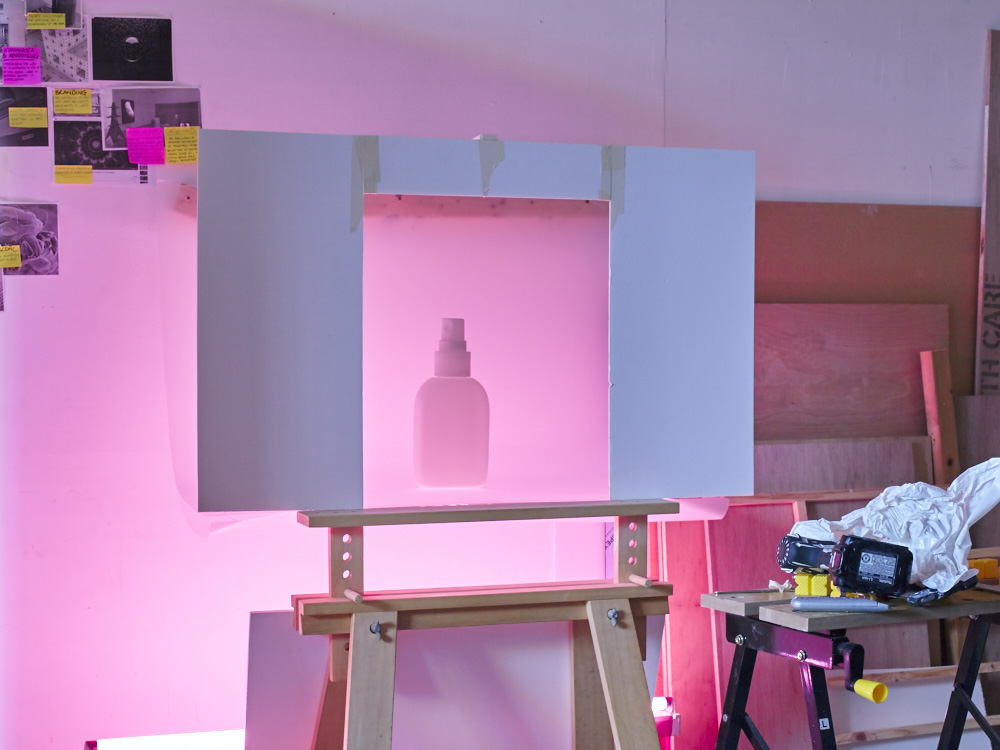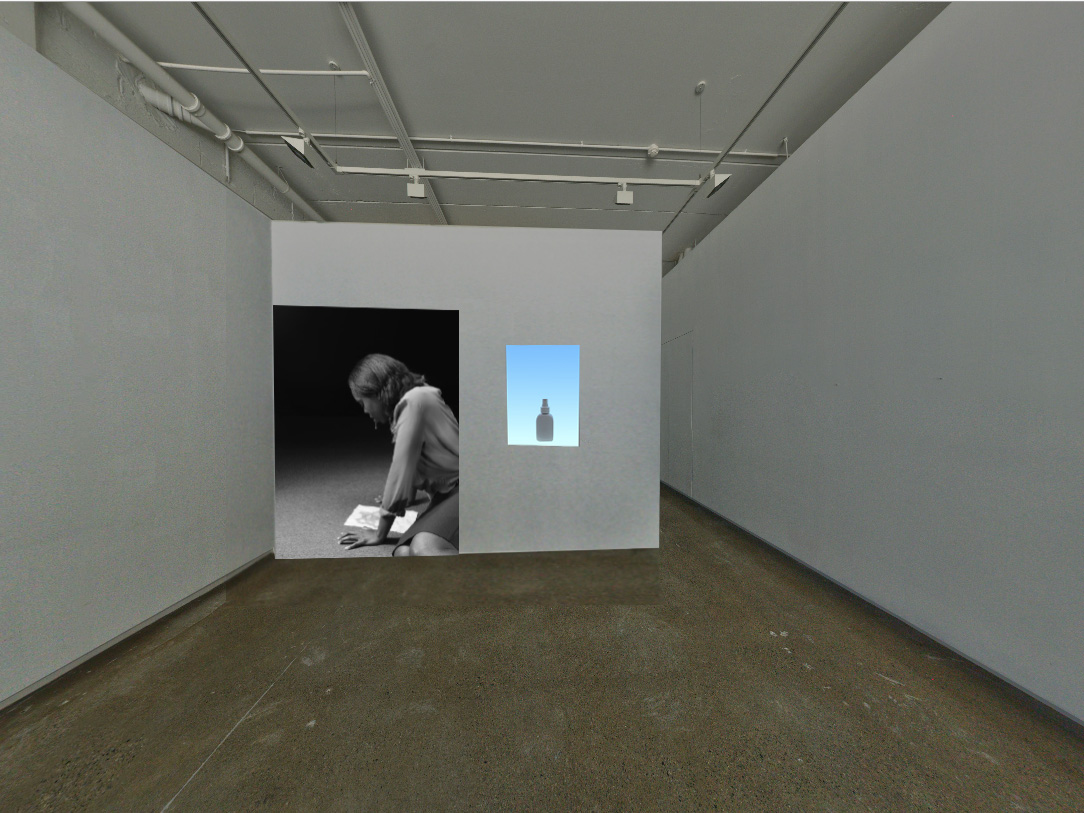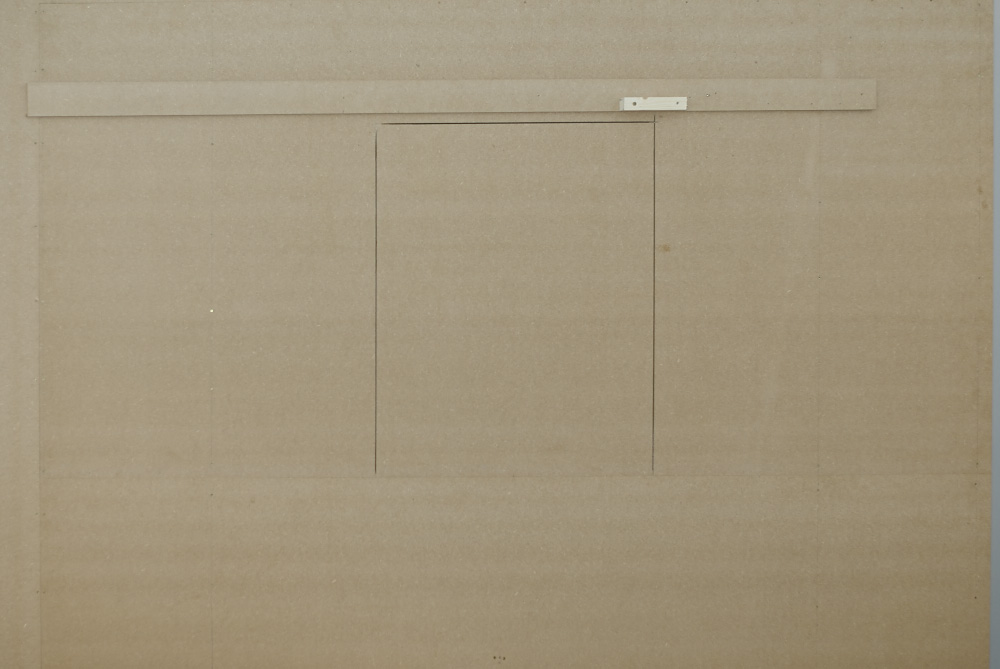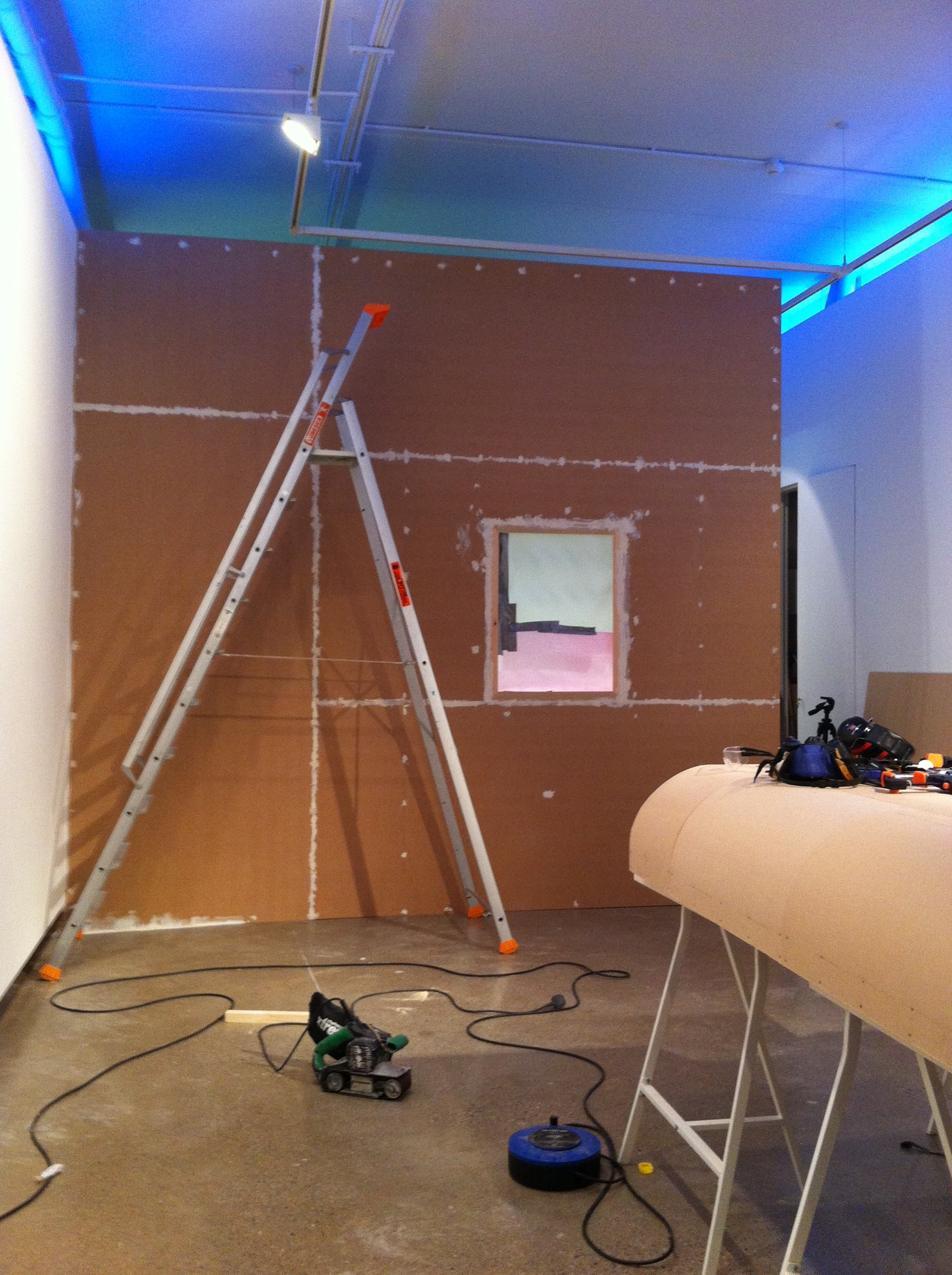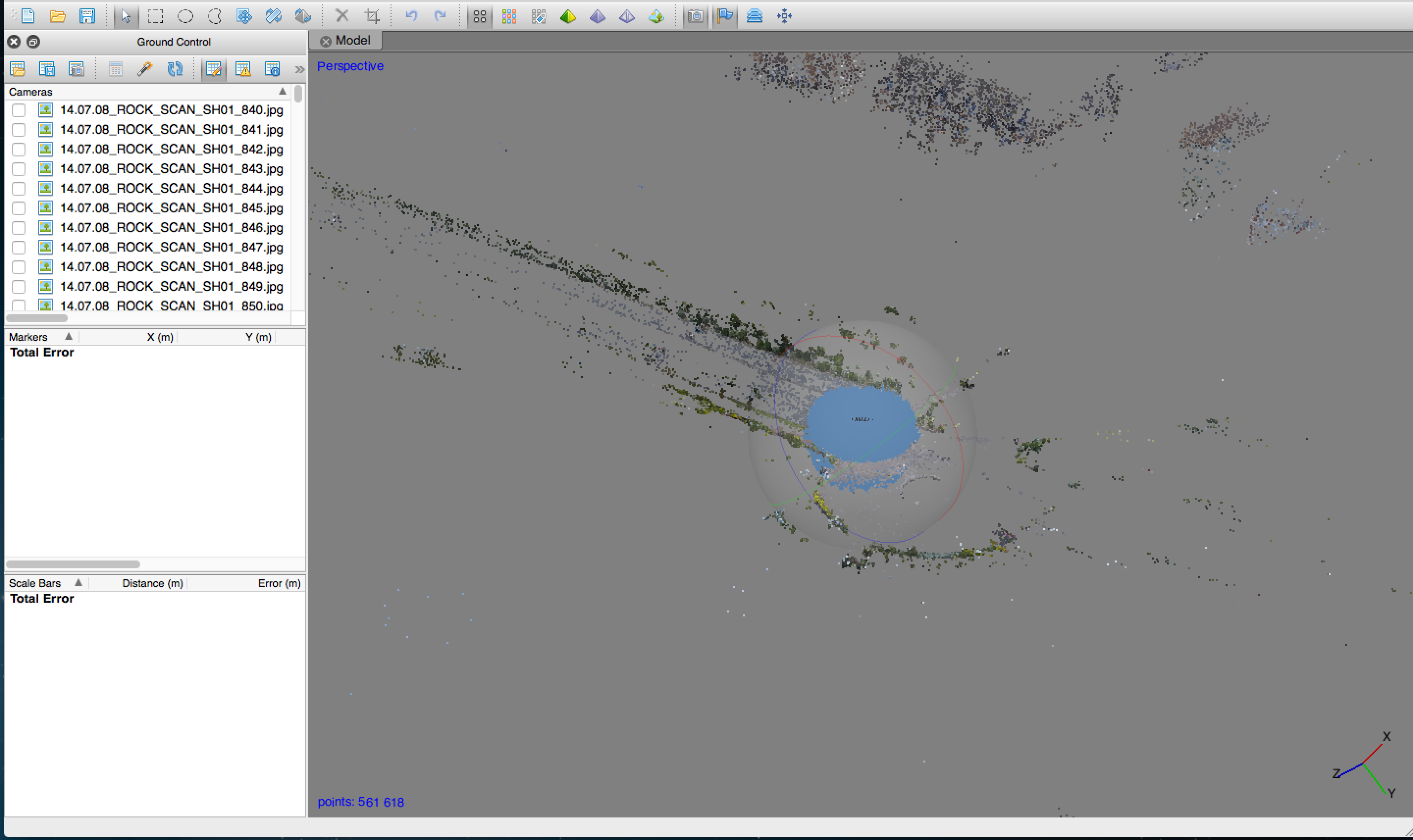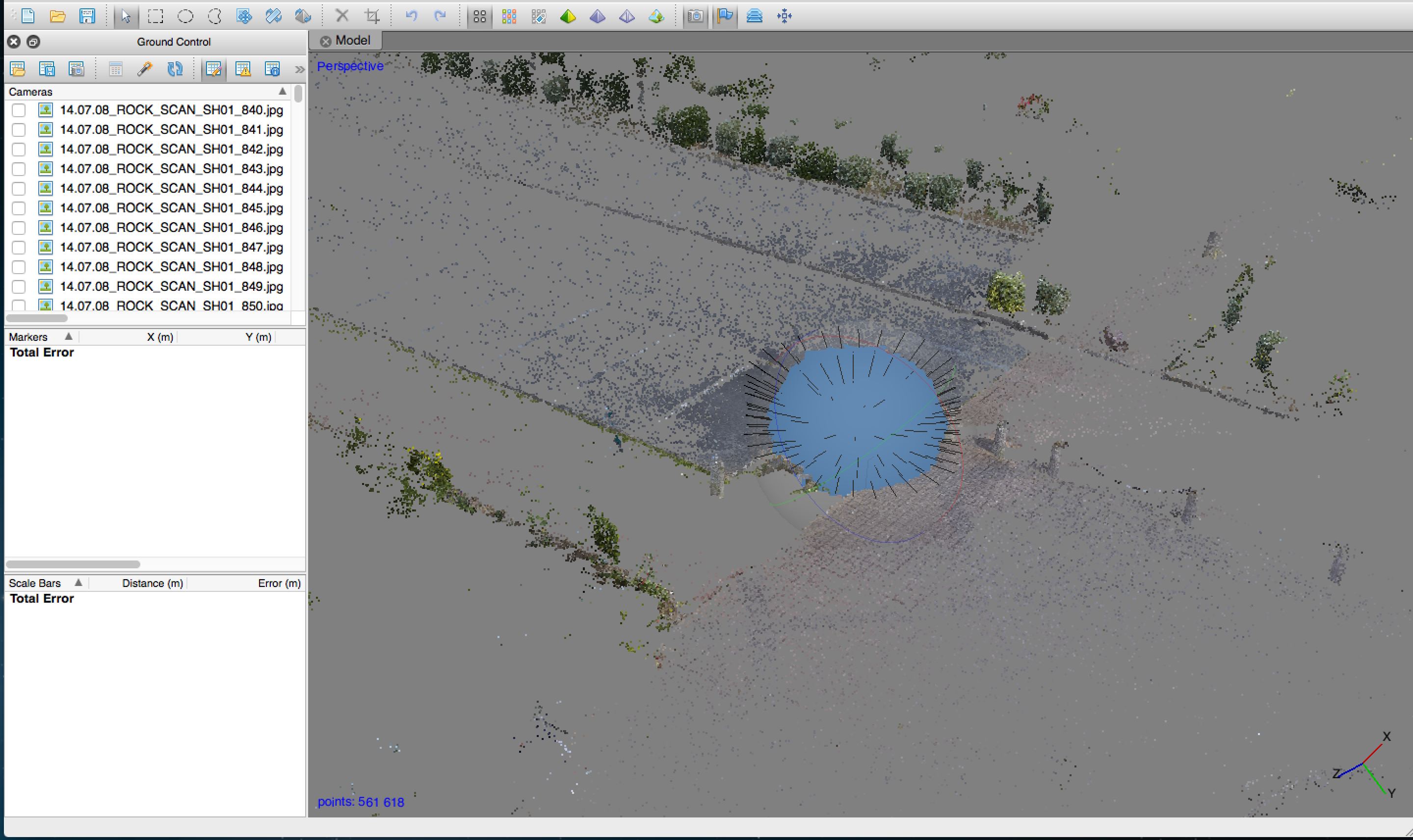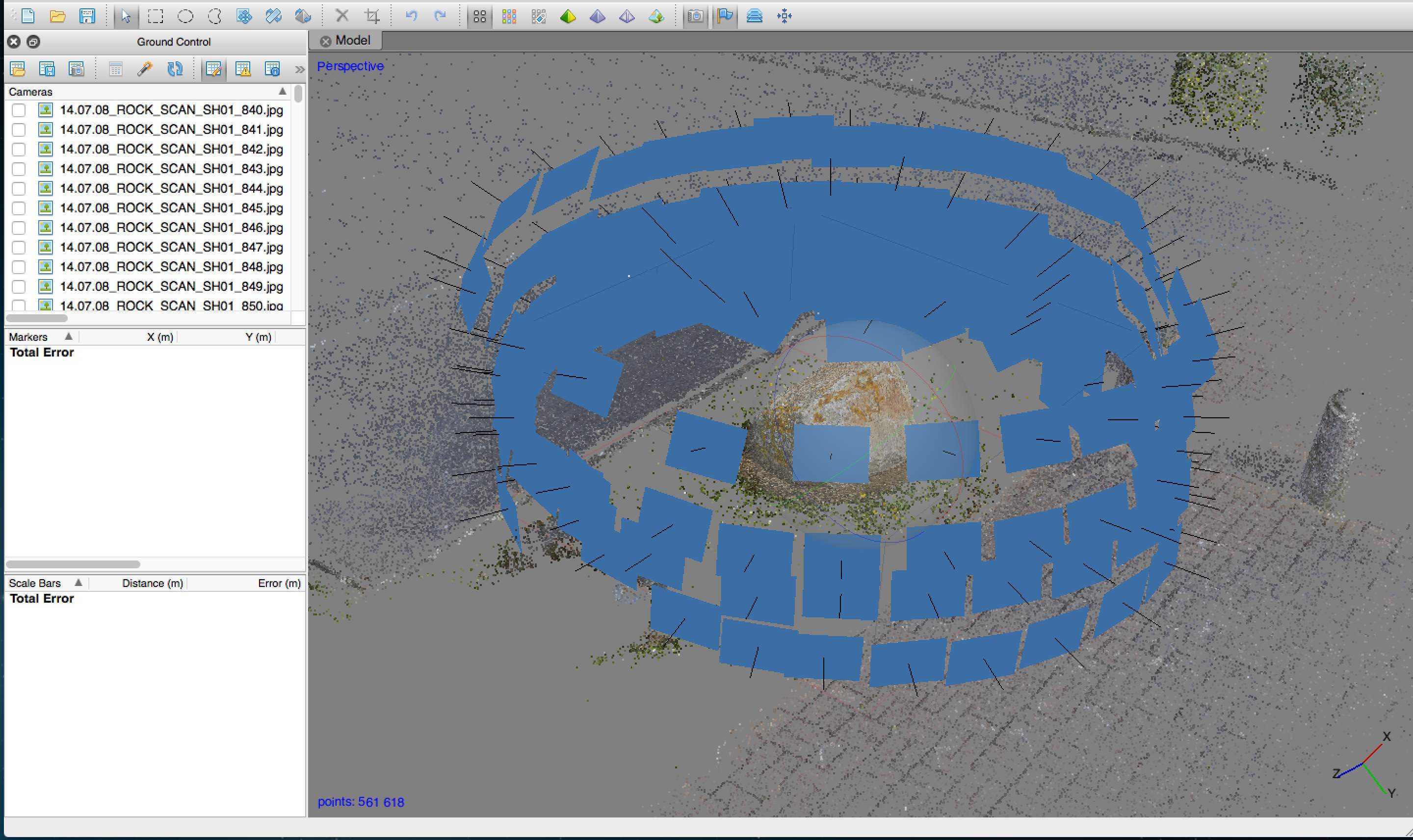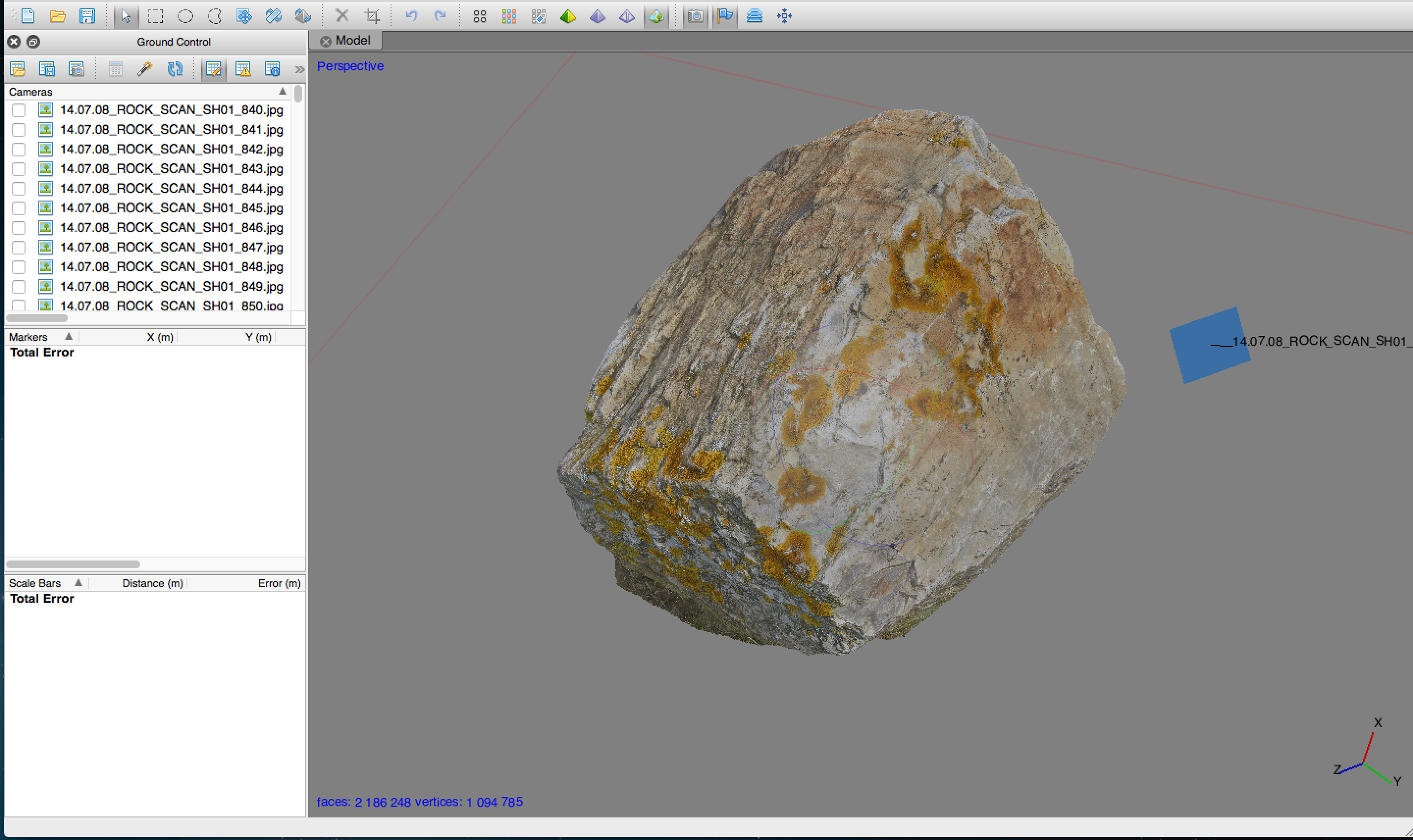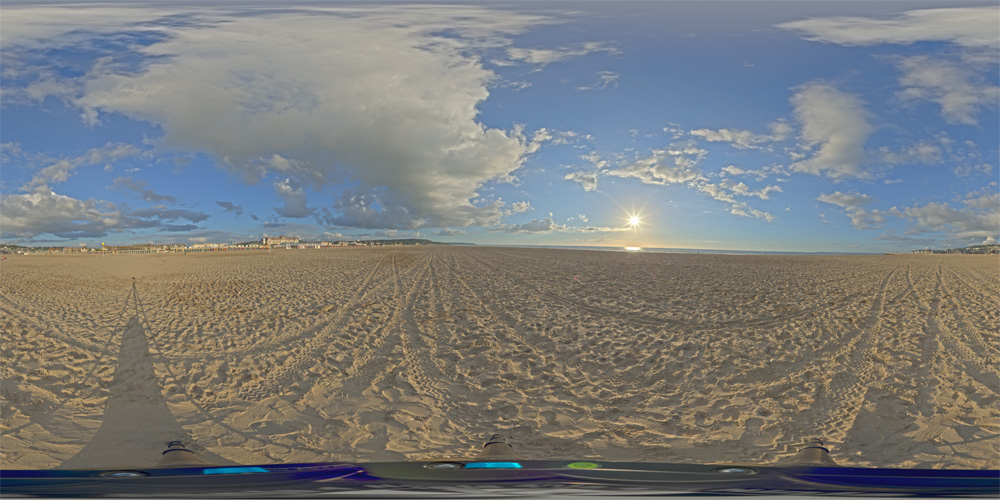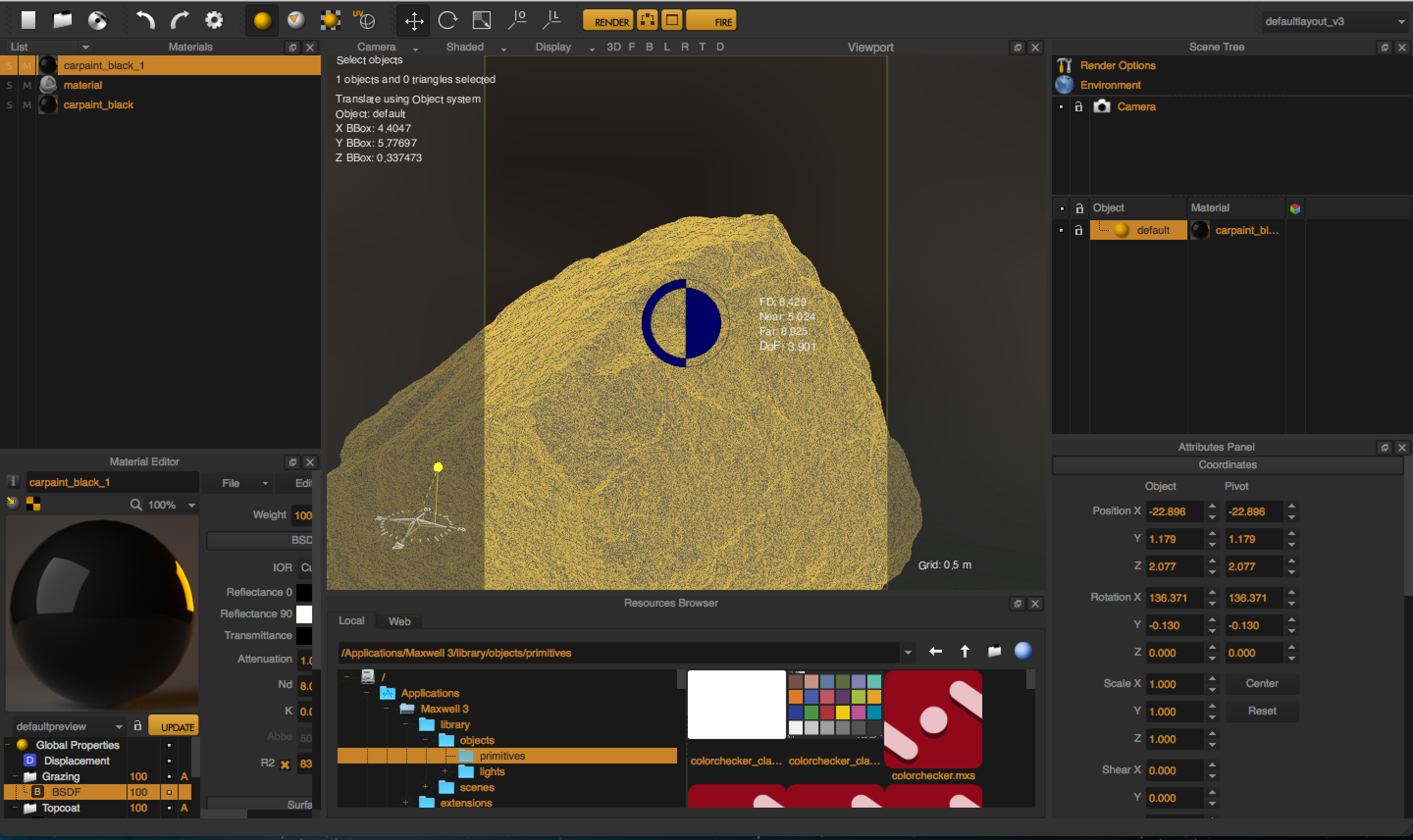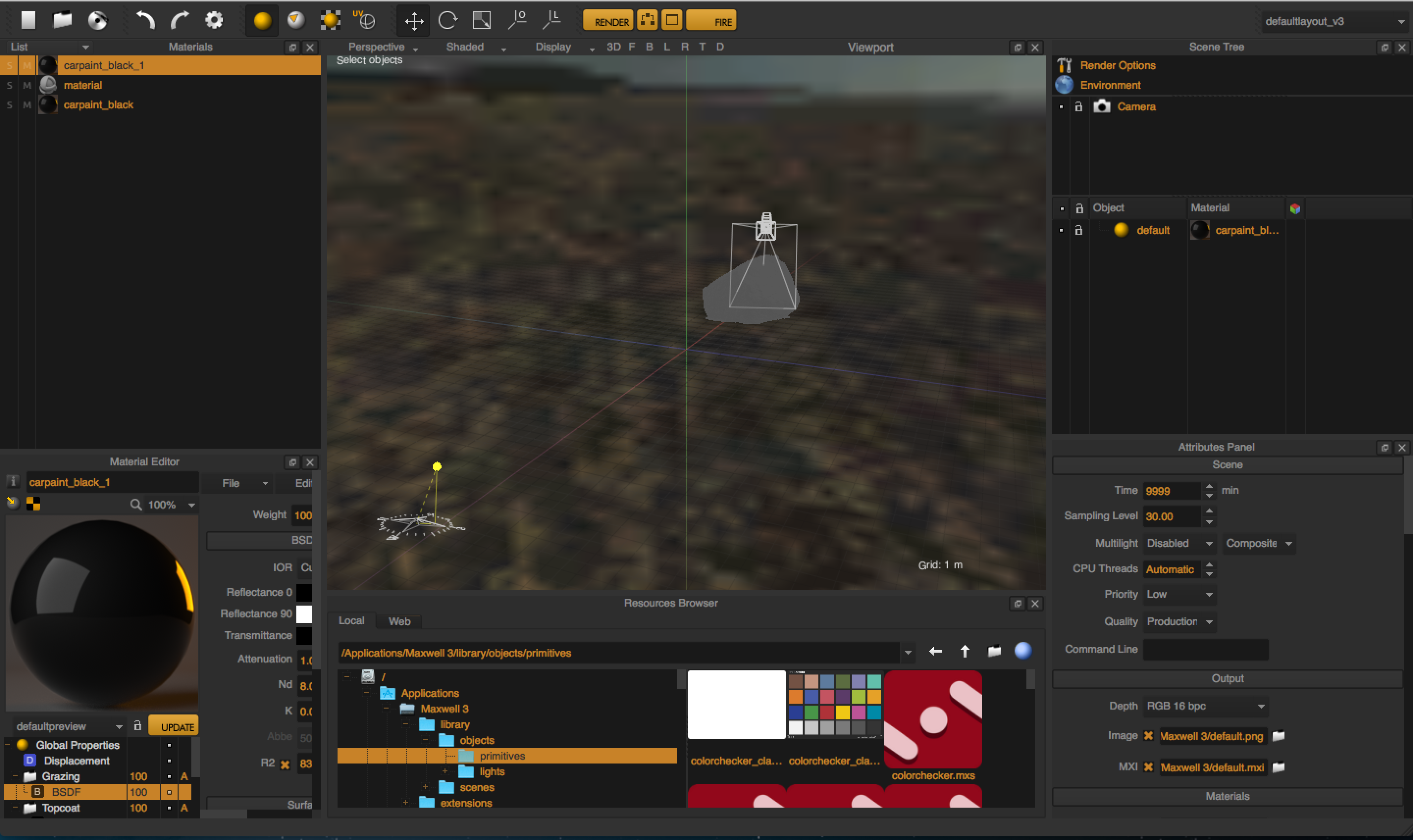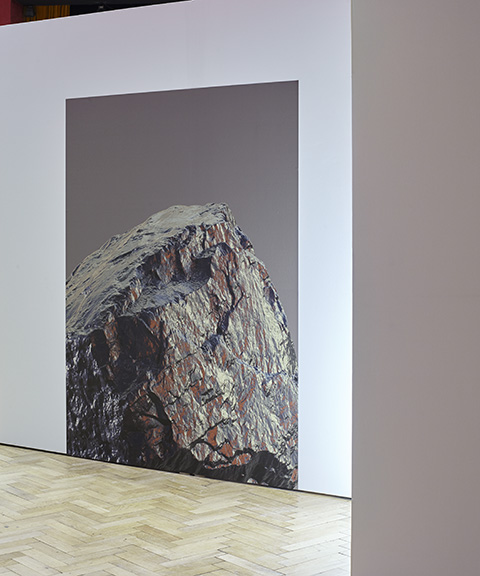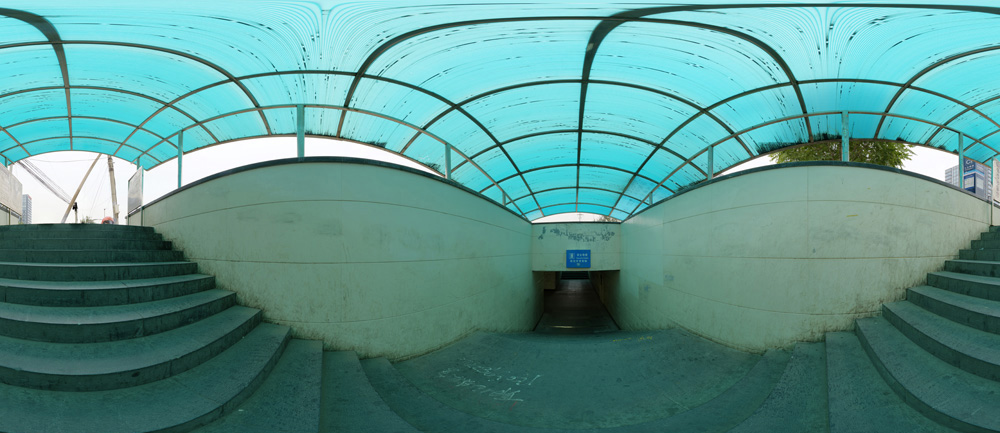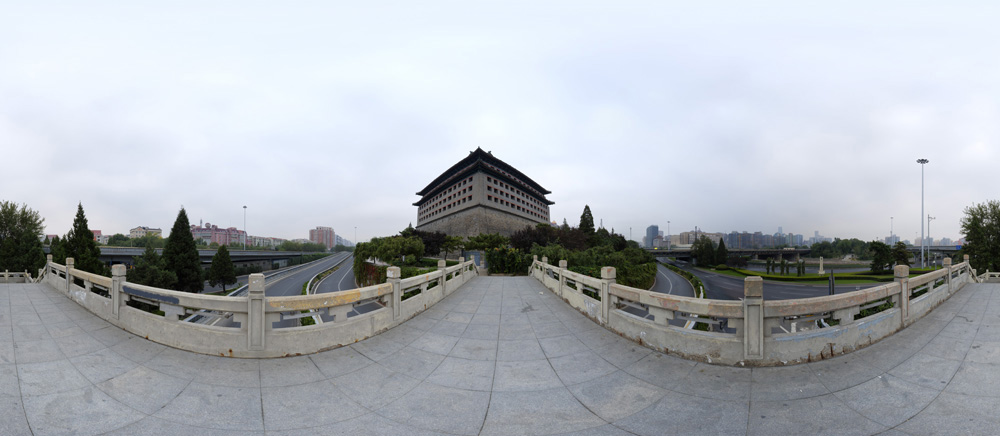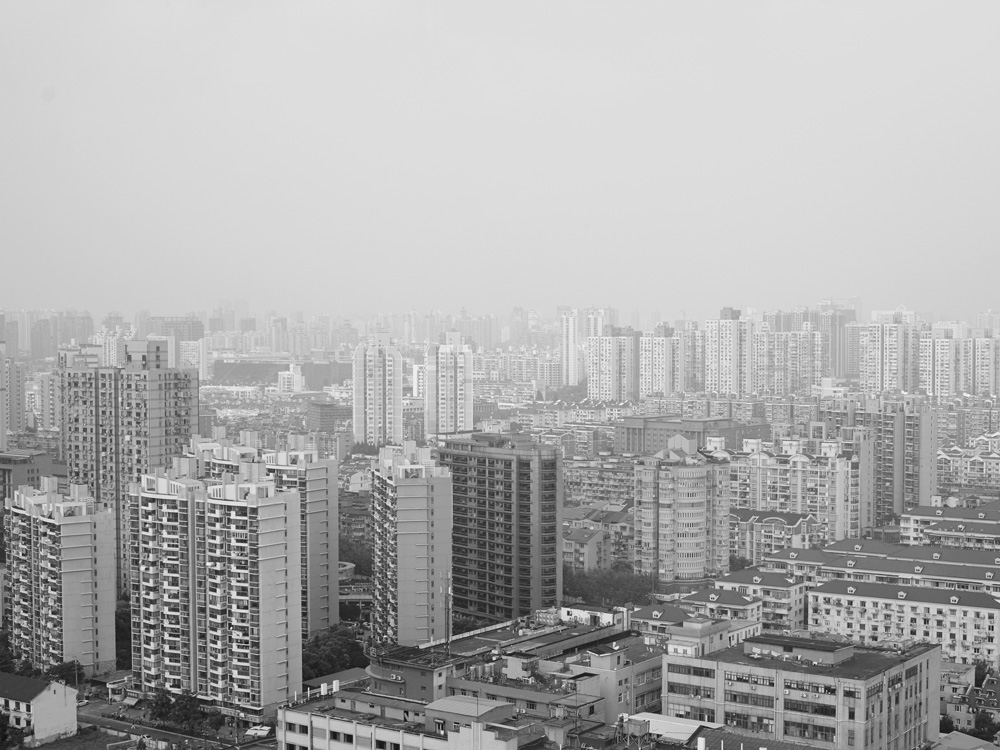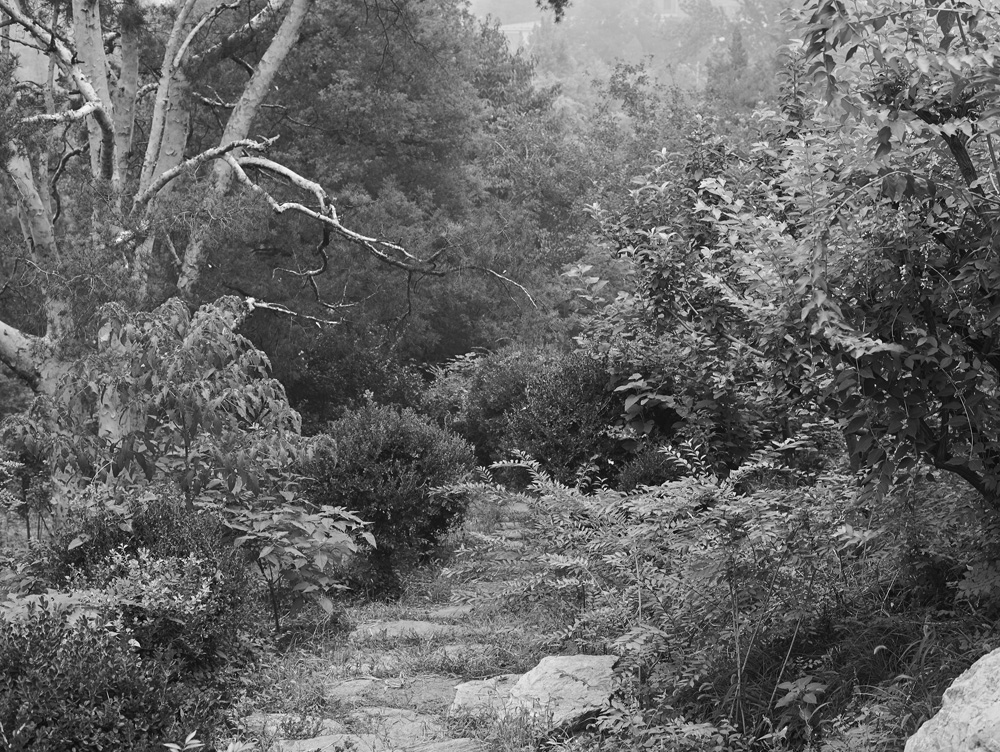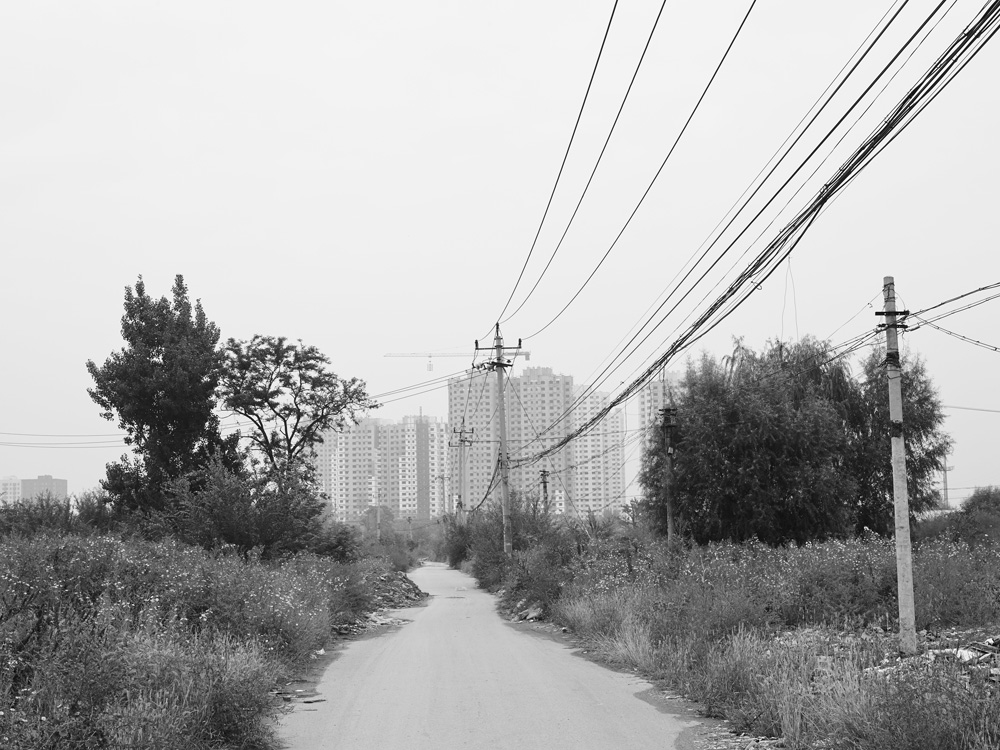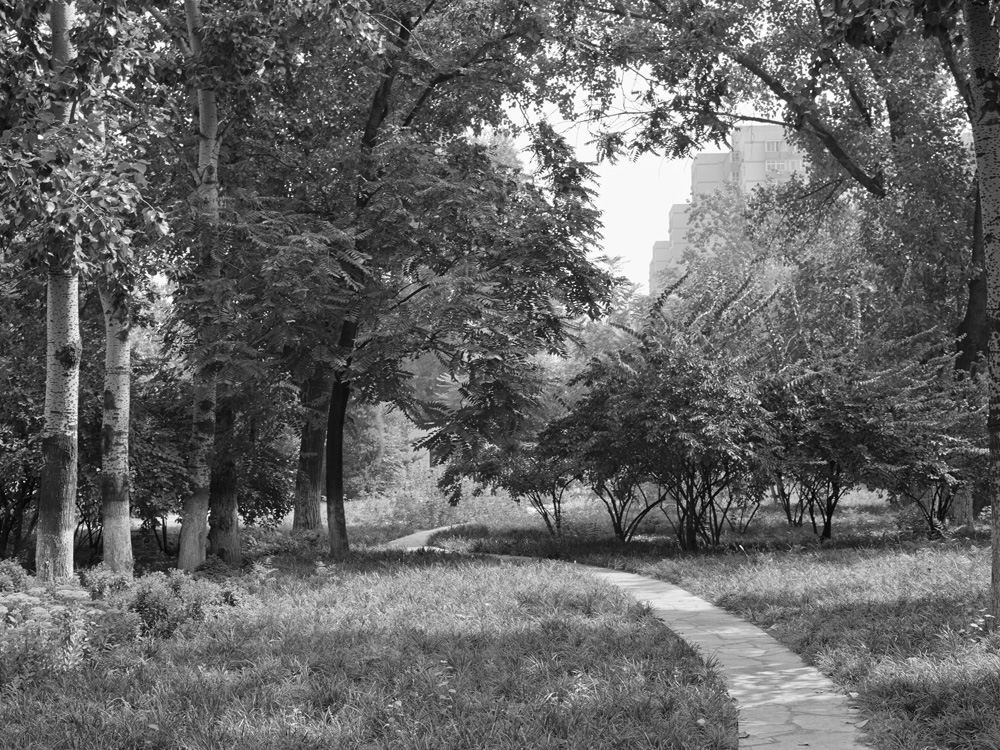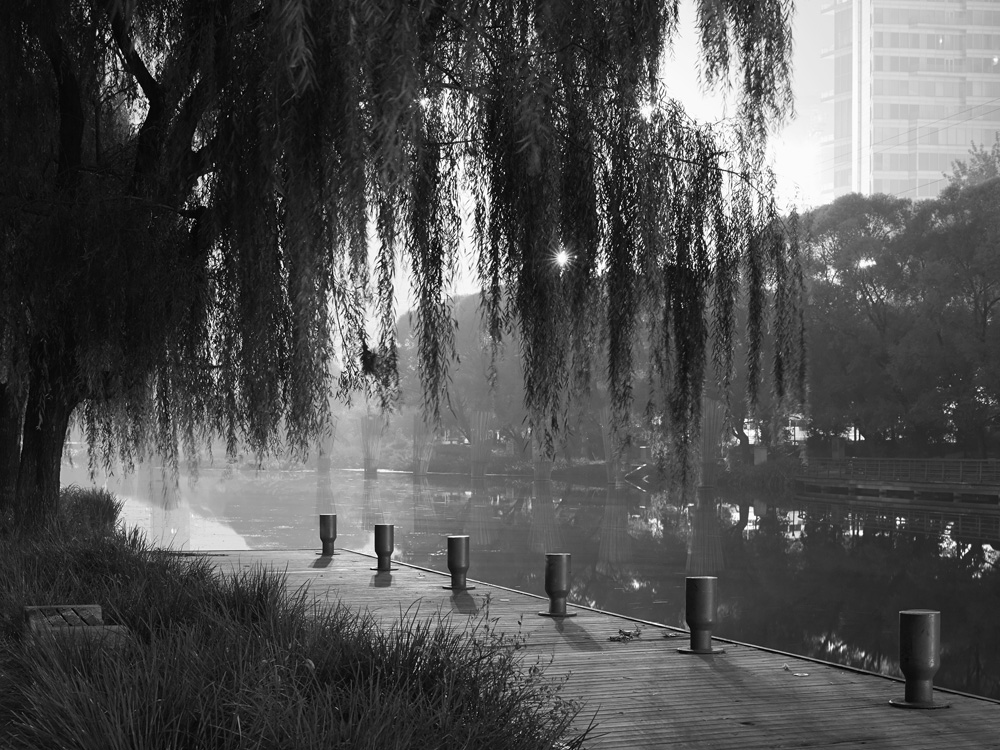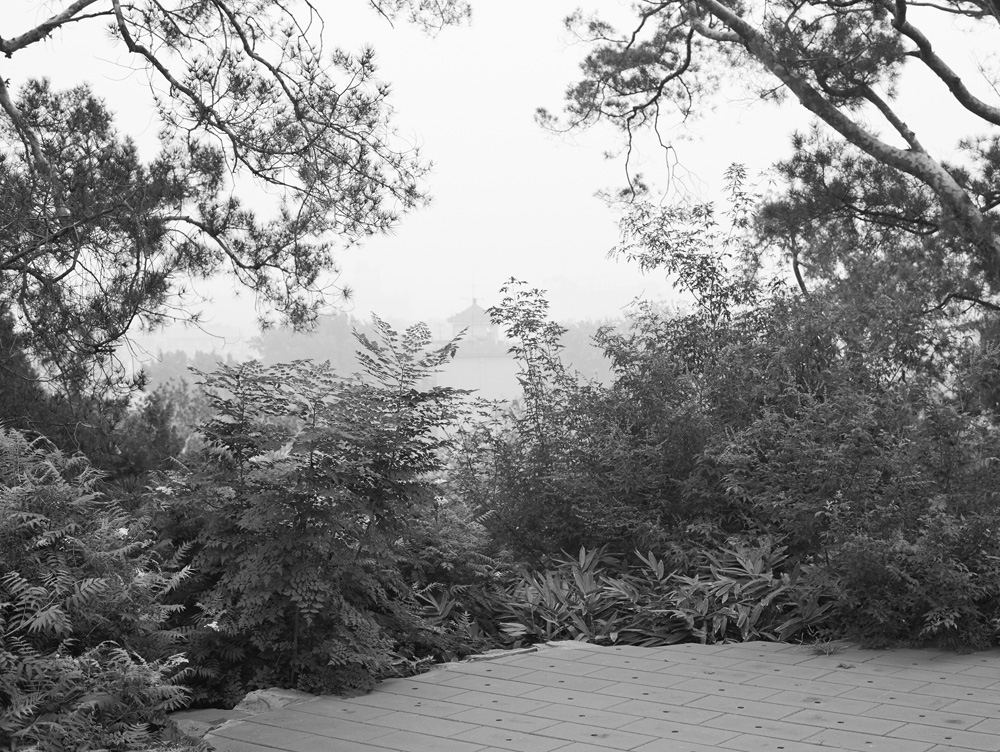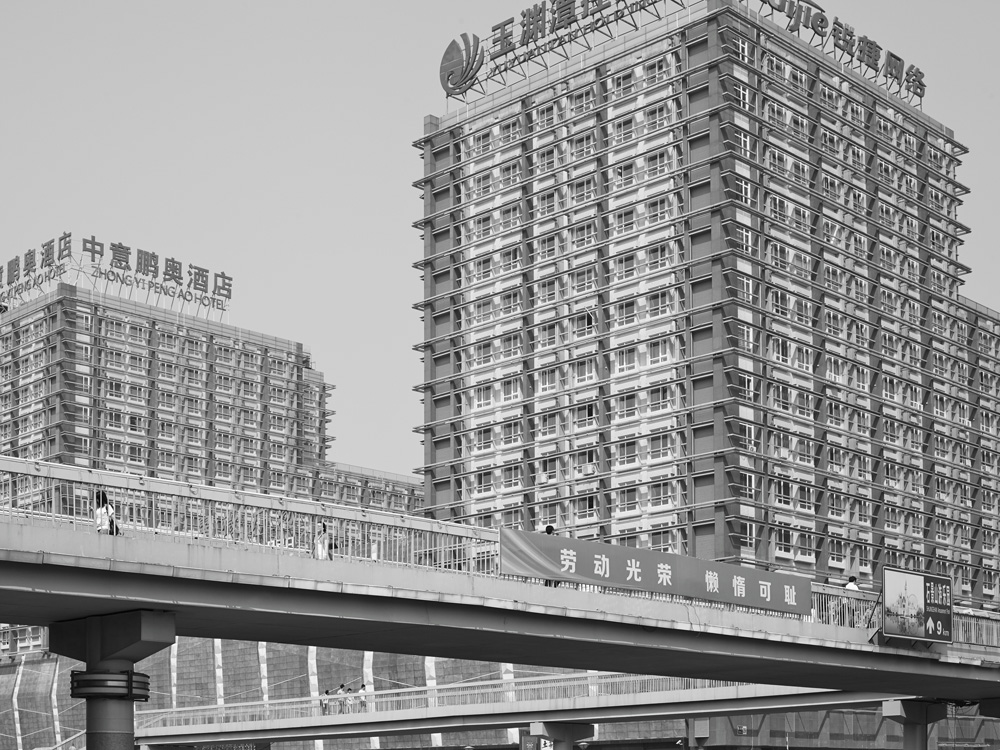Jeremy Haik
Artist Feature
Every week an artist is featured whose single image was published by Der Greif. The Feature shows the image in the original context of the series.
Dominic Hawgood - Under the Influence
Jul 15, 2015
Under the Influence examines the practice of exorcism in African churches based around London, and considers the role of merchandising of these modern belief systems. The enigmatic experience of seeing deliverance first hand becomes the inspiration for a series that engages with topics about authenticity, desire, and the real.
Artist Blog
The blog of Der Greif is written entirely by the artists who have been invited to doing an Artist-Feature. Every week, we have a different author.
Published in:
»Guest-Room Ingo Taubhorn«
»Der Greif #8«
Installation
Jul 21, 2015 - Dominic Hawgood
 For my solo show in London at TJ Boulting (pictured above) I worked backwards from a render of the space, and slowly made the space feel like a render. I found it unnerving to stand in the exhibition when it was finished and painted perfectly white, for me it was like stepping into a computer, into the render. Something about the process was surreal and I wondered how this had affected the outcome, what did working in this way do? When I documented the space my photos looked like renders, reality it seemed was blurring. Below is a screen grab from a panoramic I shot of the gallery prior to installing, and below that the render I worked from which mapped the space precisely. What this virtual visualisation allowed me to do was test lighting scenarios prior to set building to ensure my chosen setup would work as desired.
For my solo show in London at TJ Boulting (pictured above) I worked backwards from a render of the space, and slowly made the space feel like a render. I found it unnerving to stand in the exhibition when it was finished and painted perfectly white, for me it was like stepping into a computer, into the render. Something about the process was surreal and I wondered how this had affected the outcome, what did working in this way do? When I documented the space my photos looked like renders, reality it seemed was blurring. Below is a screen grab from a panoramic I shot of the gallery prior to installing, and below that the render I worked from which mapped the space precisely. What this virtual visualisation allowed me to do was test lighting scenarios prior to set building to ensure my chosen setup would work as desired.
 The solo show currently at Oonagh Young also operated in a similar way, and in the 1st slide show you can see some of the build start to finish. There's my initial visit to the gallery where I shot a panoramic for planning purposes, some rough sketches, snaps taken during the making, and kitchen references (when designing the look for the space I kept on coming back to modern kitchens for inspiration as I liked how the harsh LED's reflected in the floor, also the cold clinical feeling that was communicated through these sterile environments). In the slide show below are images produced from my current show.
The solo show currently at Oonagh Young also operated in a similar way, and in the 1st slide show you can see some of the build start to finish. There's my initial visit to the gallery where I shot a panoramic for planning purposes, some rough sketches, snaps taken during the making, and kitchen references (when designing the look for the space I kept on coming back to modern kitchens for inspiration as I liked how the harsh LED's reflected in the floor, also the cold clinical feeling that was communicated through these sterile environments). In the slide show below are images produced from my current show.
Re-constructing renders
Jul 20, 2015 - Dominic Hawgood
I presently have a solo show in Ireland at Oonagh Young Gallery where I'm exhibiting Under the Influence.The idea behind the show is simple, I've re-imagined a render of The Anointing Water Version 1.0; specially produced to coincide with the opening of a previous solo show at TJ Boulting. I've started to utilise ideas in a more resourceful way, I rework and output them differently, both extending but also exploring a topic more fully. It's an opportunity to try new approaches to making art, keeps things more interesting, and importantly it's enjoyable. I'm going to look at how the light installation I built for my current solo show was produced, and then in another post discuss installation more generally.
The core concept behind Under the Influence was ambiguity, something which I attempted to place on loop, and which emerged throughout the project in numerous ways. It was the confusing feeling I had when witnessing exorcisms, an inability to determine if the theatrical performance was real, that I attempted to recreate for the viewer through my work. Renders were just one part of my strategy to reference this, they could look completely real but were simultaneously unreal. Working with a render as the starting point I decided to build my own photograph, to break my imagery into basic components, to hand make it as an installation, and create the illusion that what was being looked at was a 2d image.... a projection, monitor or light panel. I started with producing the bottle, and used the 3d wireframe that had already been constructed, to make a high resolution epoxy resin SLA 3d print, a type of rapid prototyping used in product design for making detailed product components.
The images above illustrate how the bottle was divided into sections ready for printing, and as it came out of the printer prior to be UV cured. From this point the bottle was sanded and finished to a perfectly smooth matt surface ready for spraying. A shot I had taken on my phone of a John Lewis display, and another at an airport cosmetics counter became the inspiration for the installation, and are examples of the kind of references I draw upon. I spend a lot of time looking at commercial lighting display systems and increasingly incorporate details I observe on the high street into my art practice.I decided to use acrylic in the installation because it appeared in almost all cosmetic counters, and is classically used in commercial product photography. To replicate the hovering bottle from the render I utilised an infinity curve, fabricated from acrylic and lit with Arduino controlled LED's, to confuse our perception of depth. To create the illusion perfectly required a particular attention to detail at all stages of fabrication, getting rid of visible surfaces, and stripping everything back to appear minimalist.
In the slide show you can see various shots in my studio, taken as I test the idea and try to resolve the many design issues. To produce the work on a budget created difficulties because I could only hypothesise problems, little could be tested until the final installation, meaning I had only one attempt to get it right. The bottle needed to be recessed into a wall so one was built specifically to house it, which also accentuated the optical deception of flatness; in essence I created a huge diffused light box. When everything was in place and finally installed, and the LED's turned on, something odd occurred. Immediately everything became flat, it glowed with the intensity and seduction of an HD screen, it became 2d.Real world transformation
Jul 18, 2015 - Dominic Hawgood
My first scan and render was a rock, nothing special, but the journey to the final output completely altered my approach to image making. It offered a new way to see the world that had a very different set of possibilities, and was transformative. I'm going to look at this procedure in a little detail, at the time it was weeks of work to reach a satisfactory result. The complete process is explained step by step in the slideshow above and reaches from the first 3D-Scan to the final installation.
Digital landscapes
Jul 17, 2015 - Dominic Hawgood
 I scanned a lot of street scenes, and to an extent I was reliant on the weather, the flatter more diffused the light the better, so smog filled days worked perfectly. The scenes, no matter how mundane could ultimately be transformed, so I wasn't out to capture the exotic, just well exposed and noise free photographs. To better understand how images can be constructed I've included a detail of a tree I found, the bark had a very particular quality I felt would transfer well into 3d.
I scanned a lot of street scenes, and to an extent I was reliant on the weather, the flatter more diffused the light the better, so smog filled days worked perfectly. The scenes, no matter how mundane could ultimately be transformed, so I wasn't out to capture the exotic, just well exposed and noise free photographs. To better understand how images can be constructed I've included a detail of a tree I found, the bark had a very particular quality I felt would transfer well into 3d.

 The blue rectangles represent camera positions fed into scanning software, and from these a detailed 3d model could be built, viewed from any angle, and manipulated as desired. When processed the model could then be placed into further 3d software, and the image below shows what the tree model looks like when a basic material has been applied, and combined with one of the HDRI's to illuminate the scene. The level of detail that's been captured is amazing, 2d images have been turned into sophisticated 3d images without any high end scanning hardware, just a DSLR.
The blue rectangles represent camera positions fed into scanning software, and from these a detailed 3d model could be built, viewed from any angle, and manipulated as desired. When processed the model could then be placed into further 3d software, and the image below shows what the tree model looks like when a basic material has been applied, and combined with one of the HDRI's to illuminate the scene. The level of detail that's been captured is amazing, 2d images have been turned into sophisticated 3d images without any high end scanning hardware, just a DSLR.

Making the invisible visible
Jul 16, 2015 - Dominic Hawgood
Uncovering process is increasingly becoming problematic. How much do you show, what should be revealed, and when does the process overtake the concept? Process is interesting, it's the part of my practice I derive greatest pleasure, making, building and crafting; but it's never shown, it stays mostly invisible. However, I always enjoy listening how other people create, and if a book or film has a 'making of', I'll spend more time looking through that section. Showing how something is made can also mean discussing techniques that you may not want to show everyone, so it's a strange area. I thought I might like to use the blog to show things I wouldn't normally discuss, new project work, images I never put out, and things I've not finished. With this in mind I've uploaded a series of images I took whilst in China last year on a residency, I guess they're holiday snaps of sorts, and were presented in book format (as a diary) for the individual funding the exchange. The residency was a time of reflection whilst I thought about making new work, so the photographs were a by-product of sorts.


